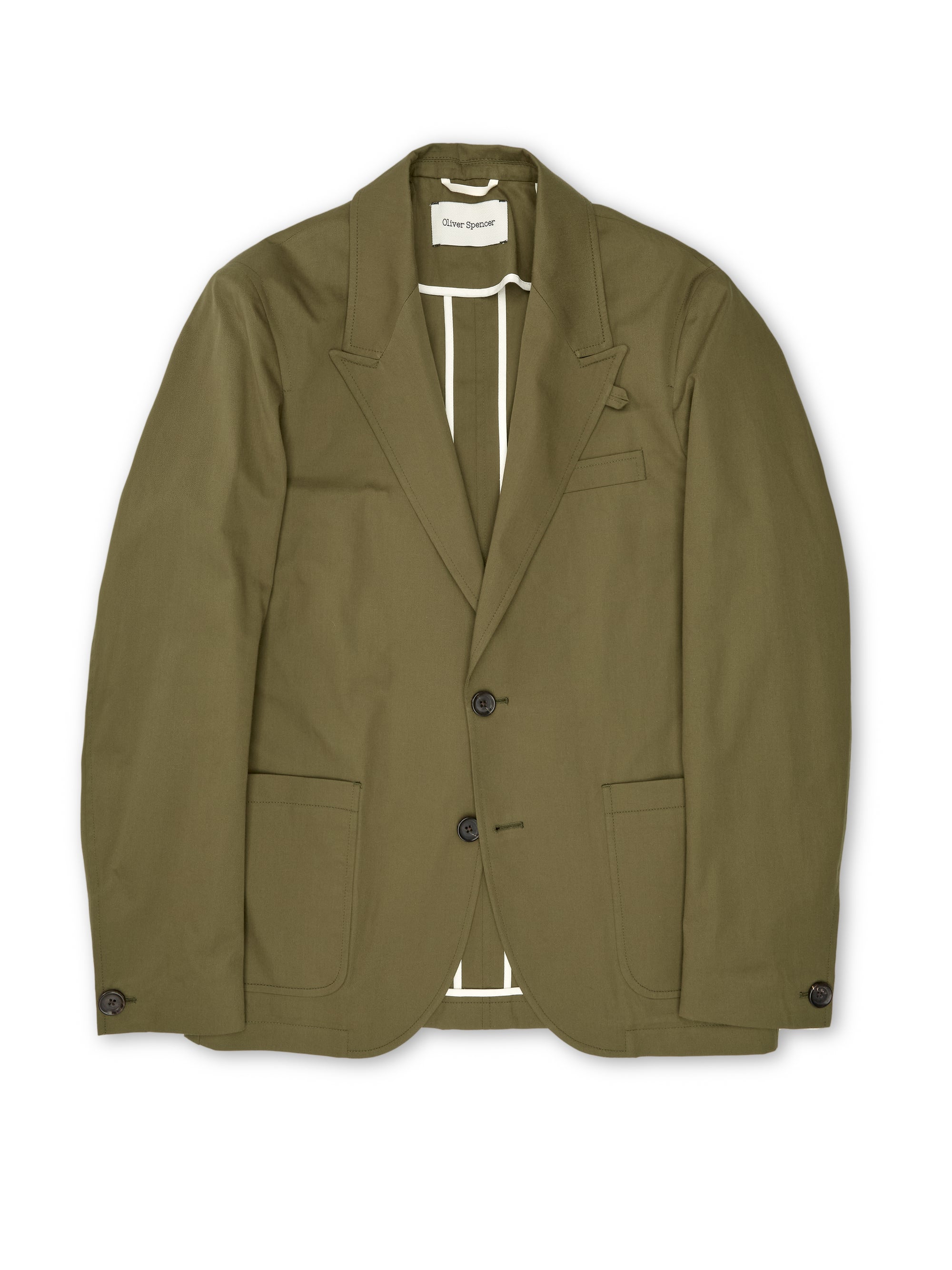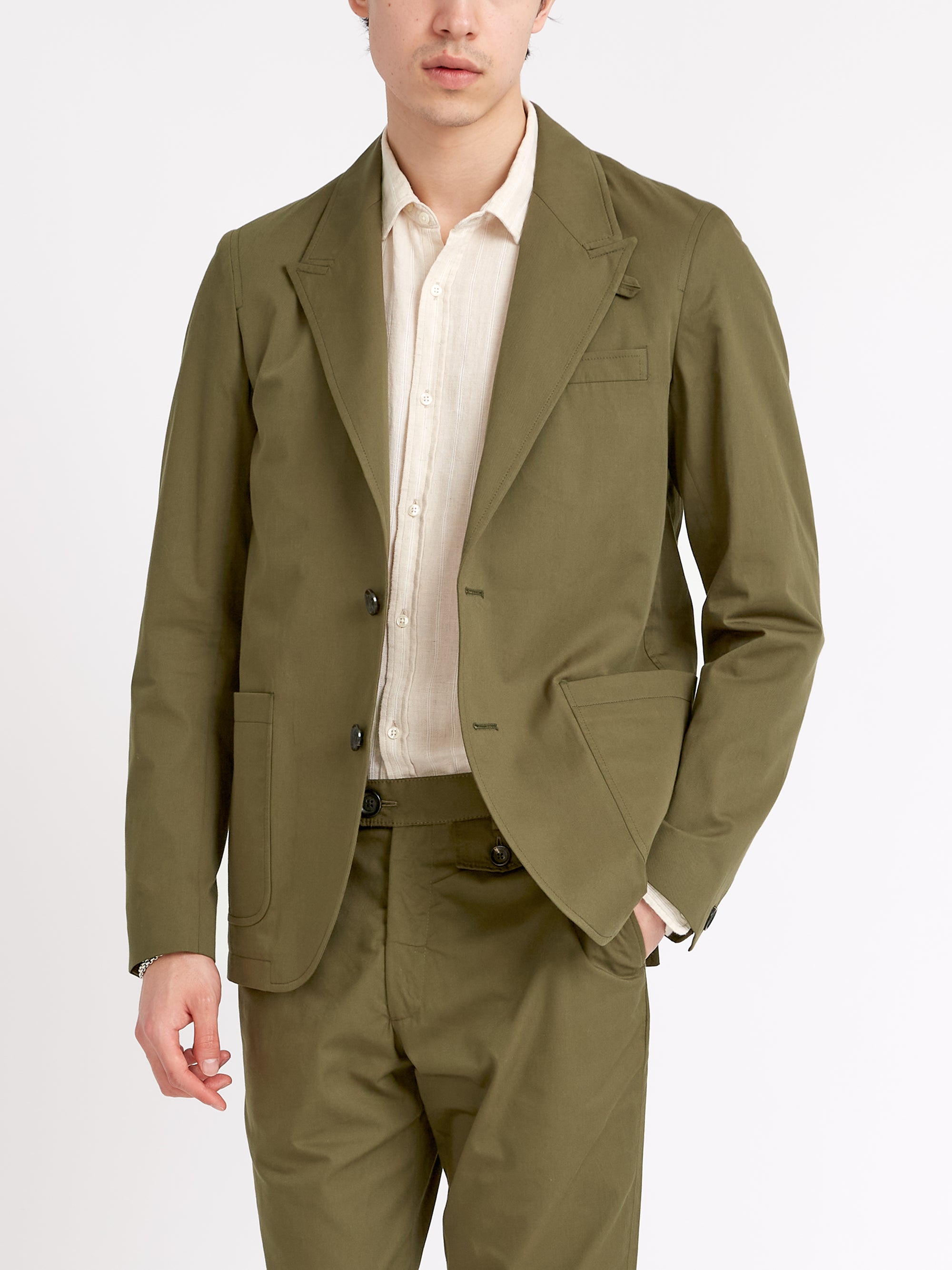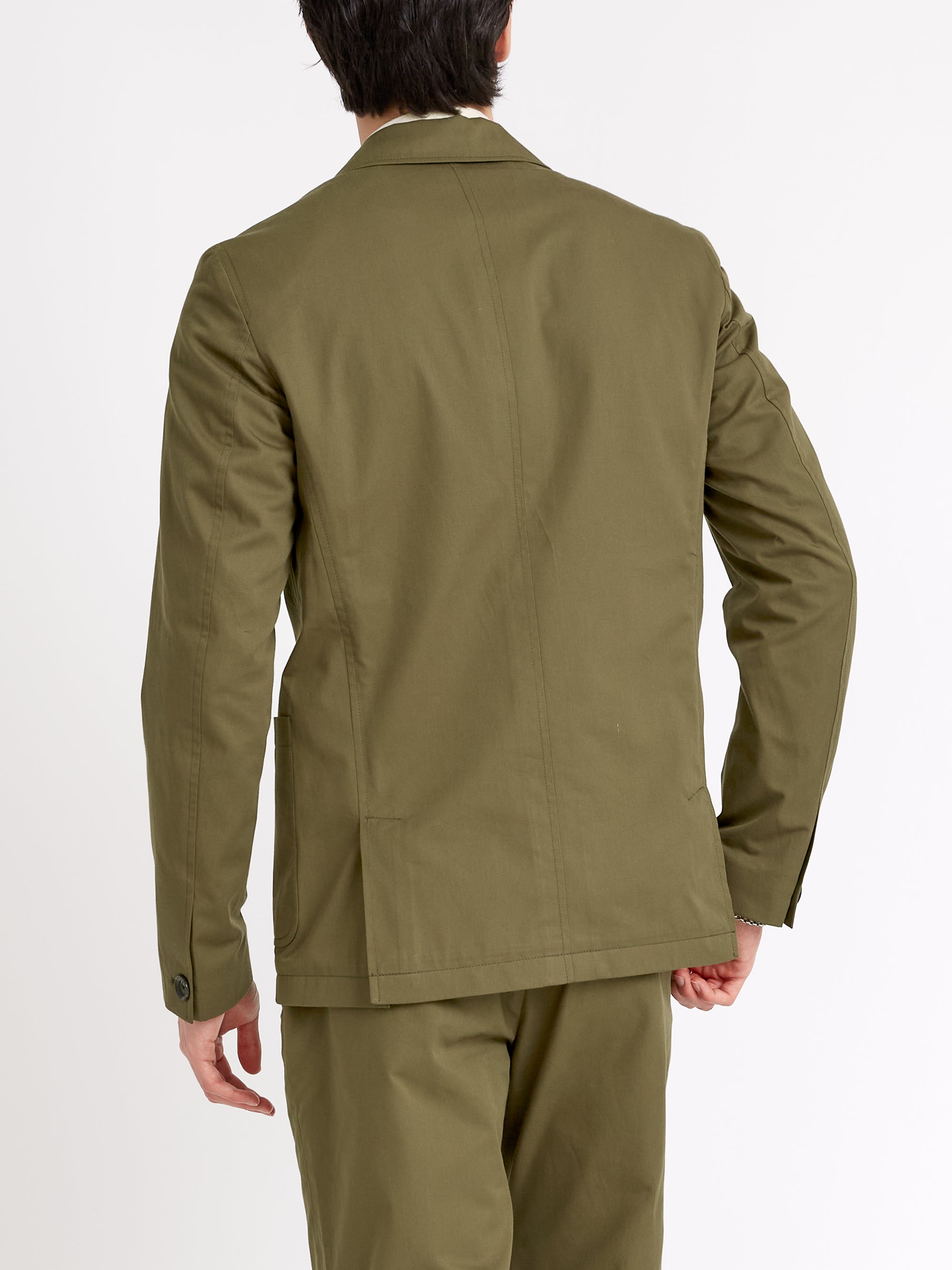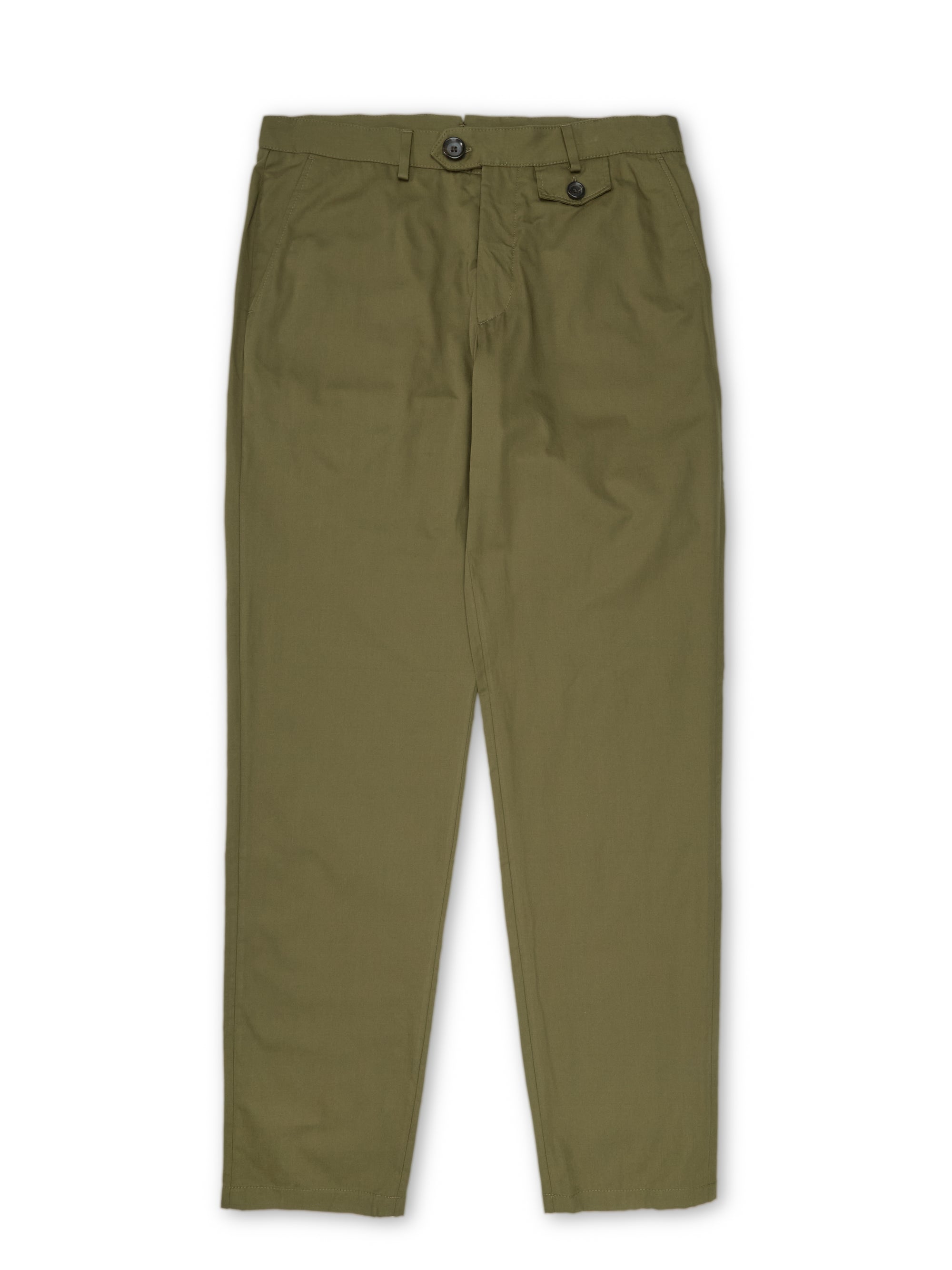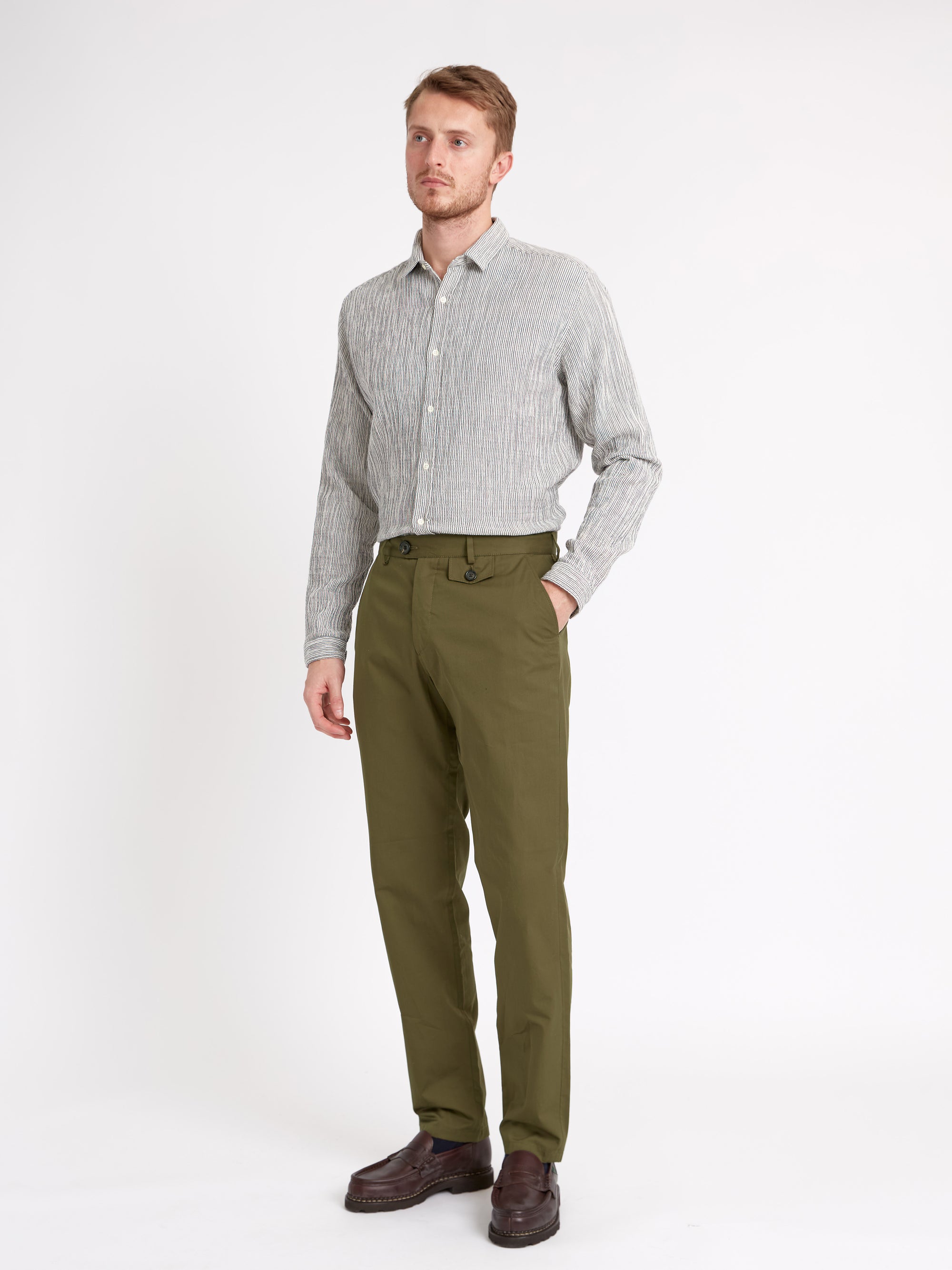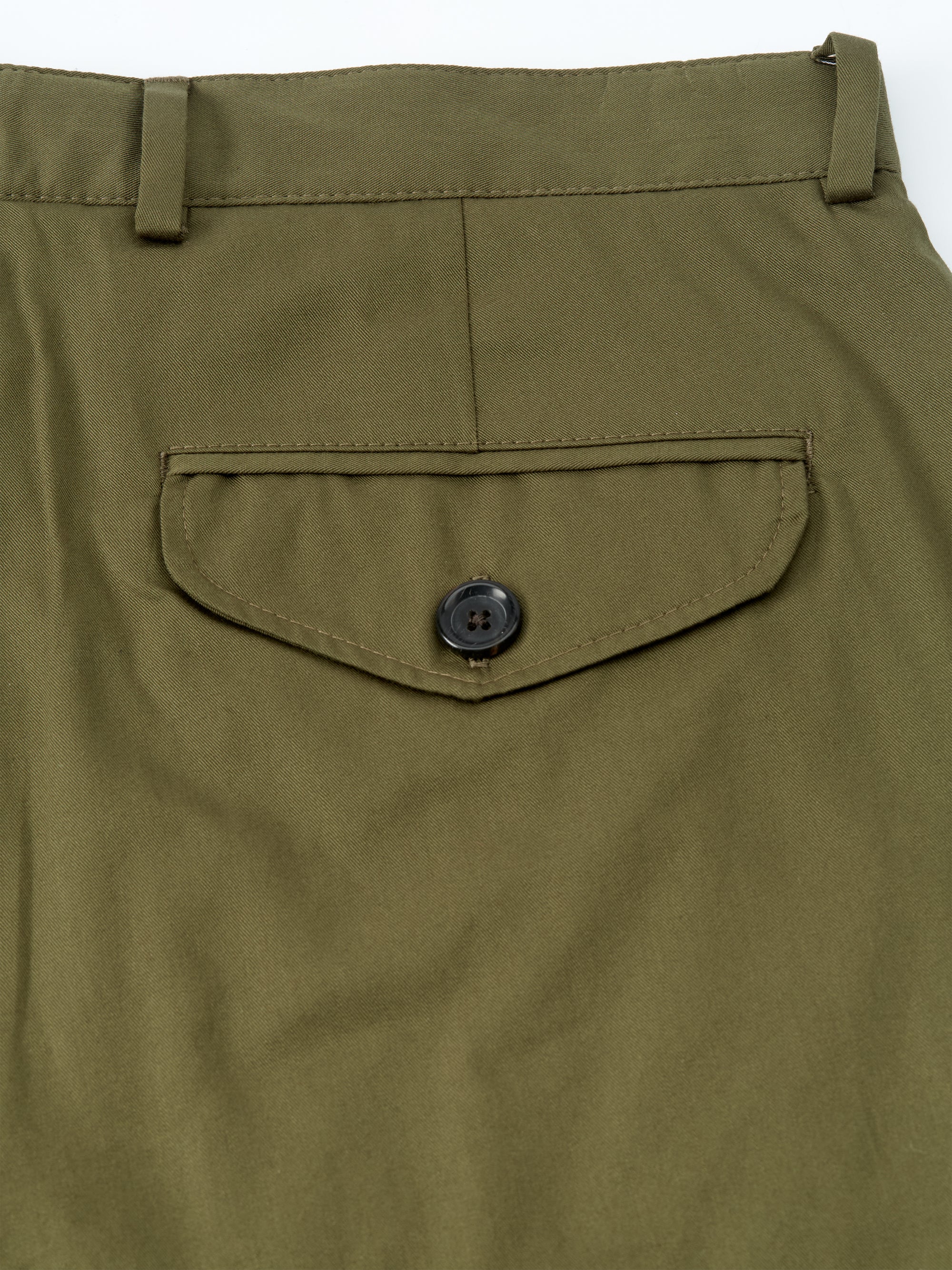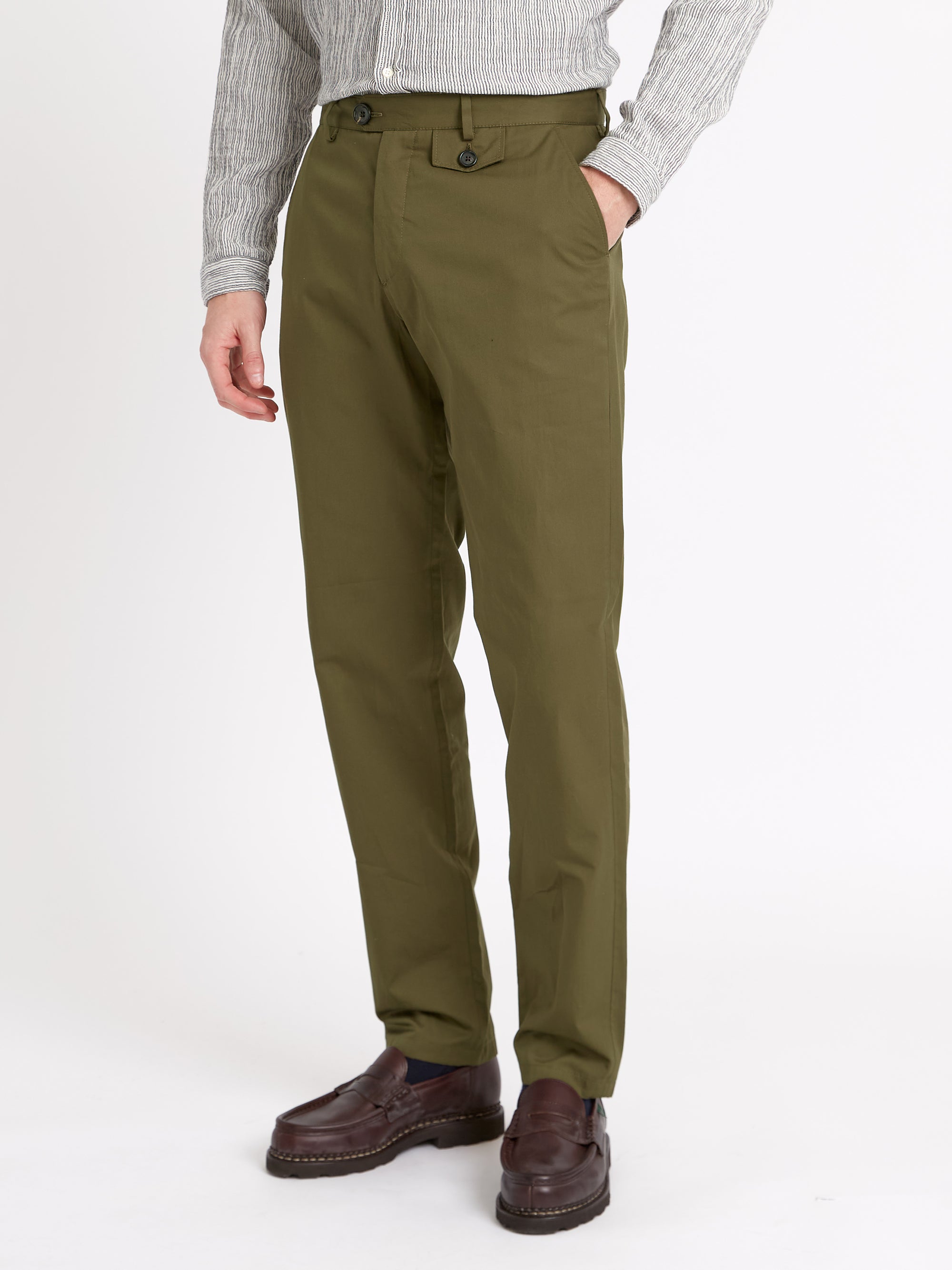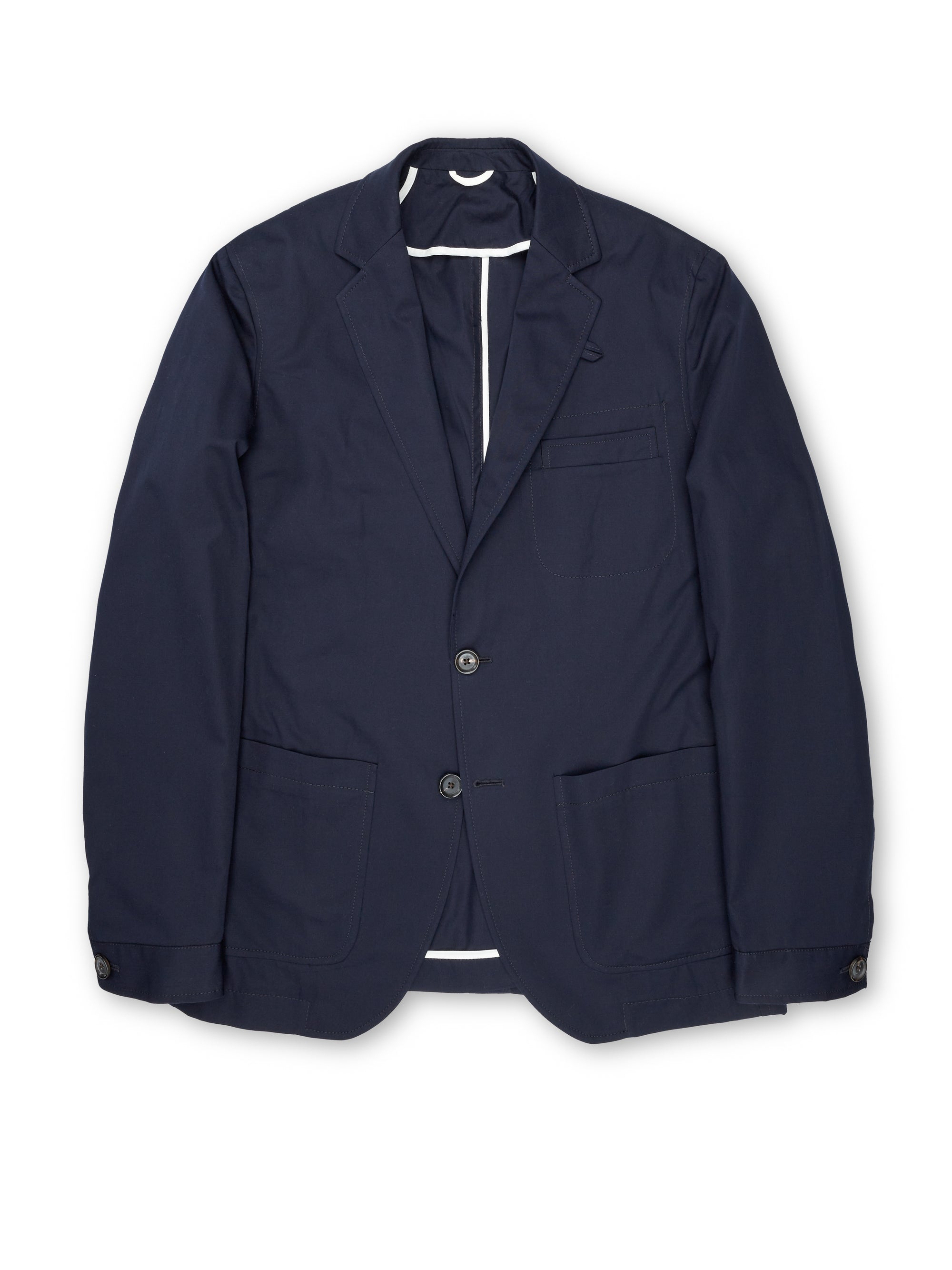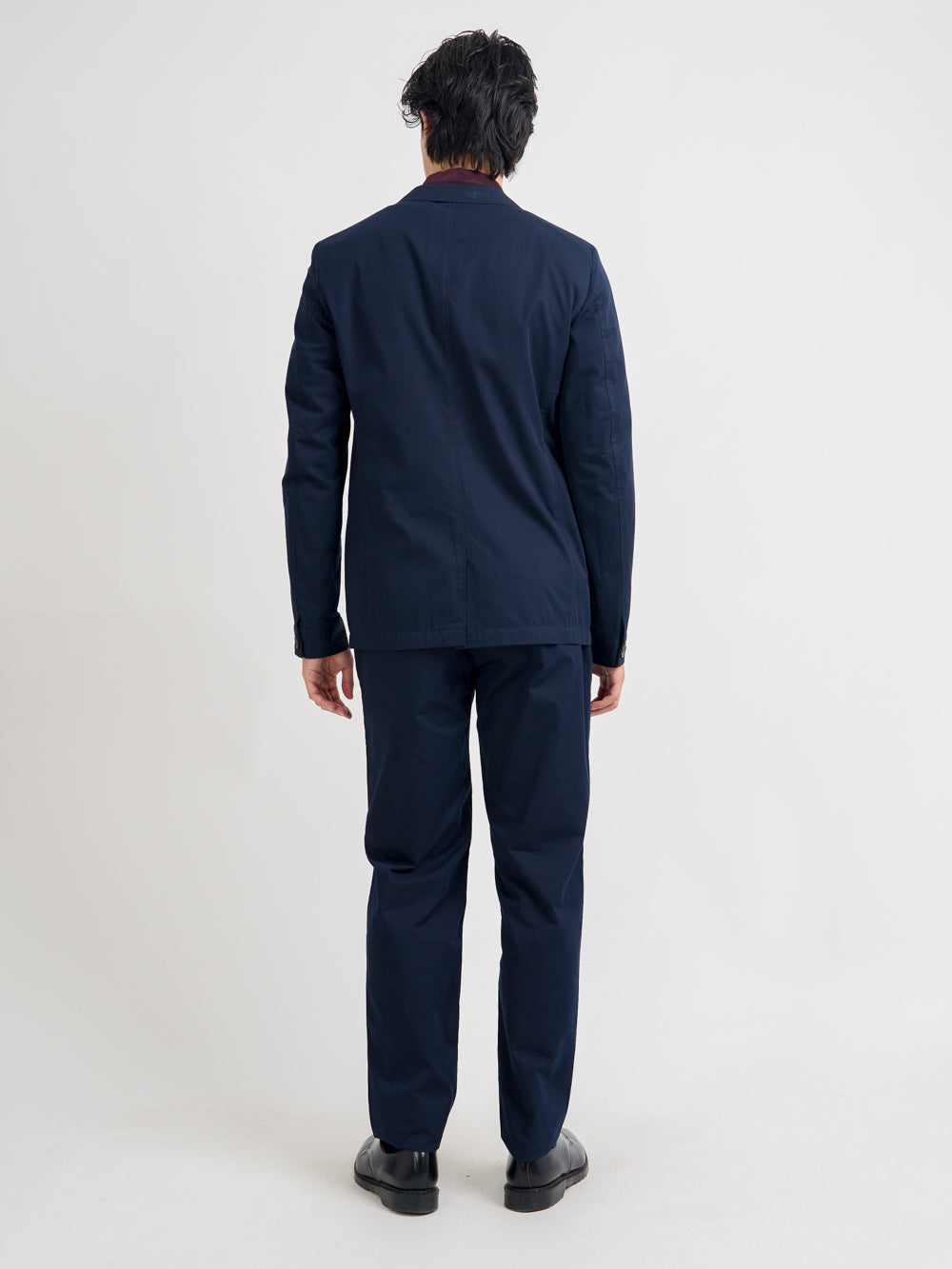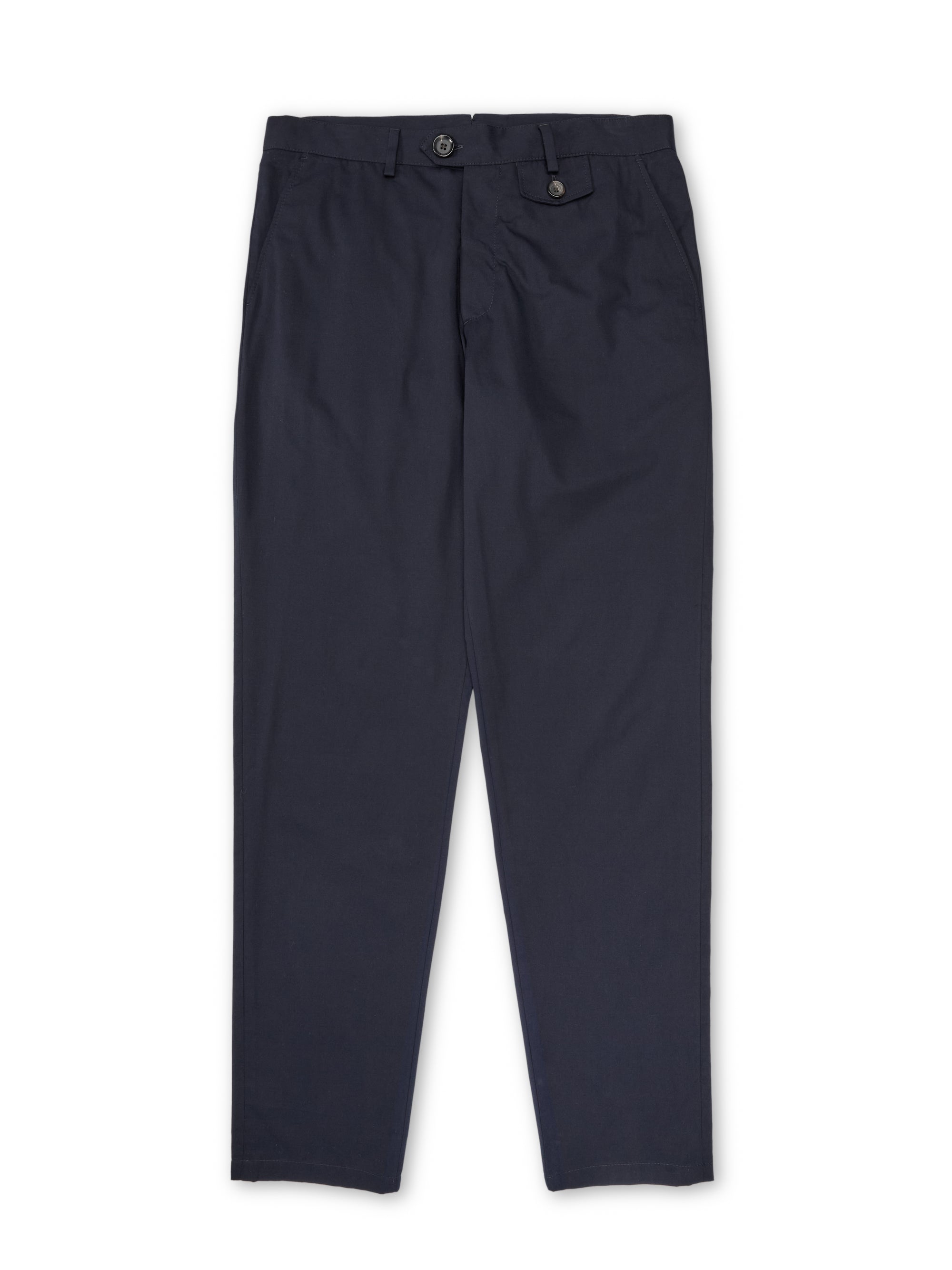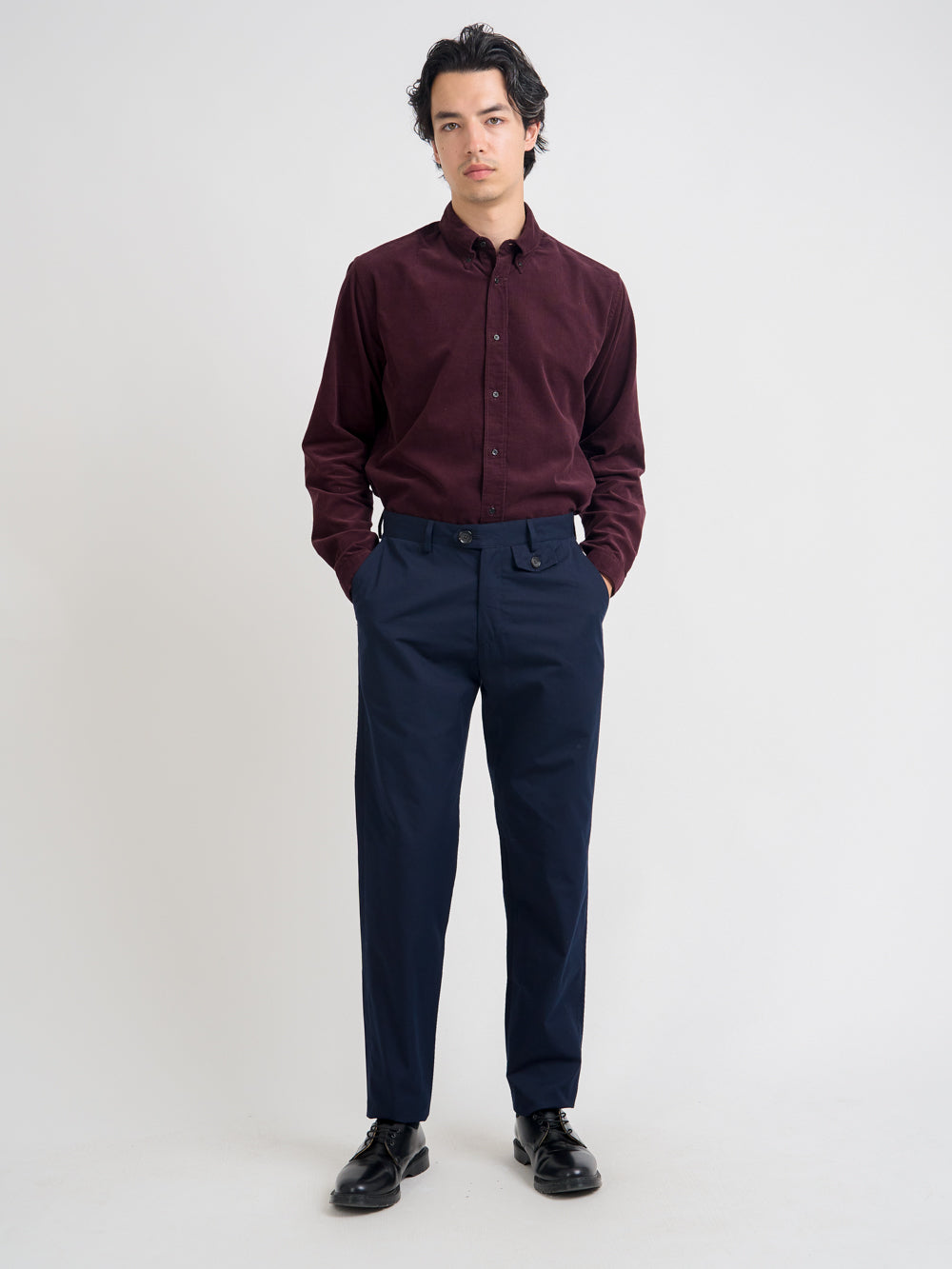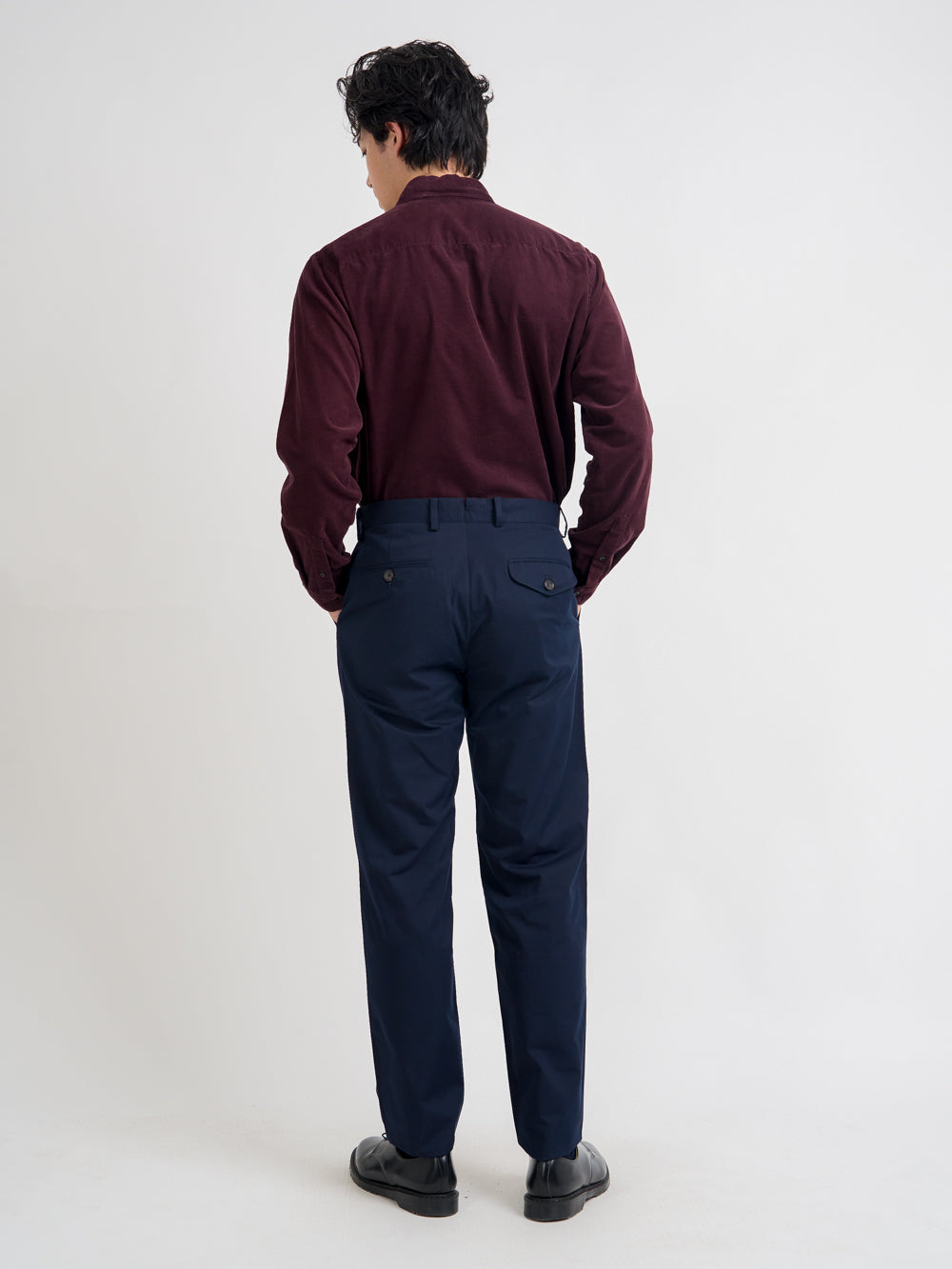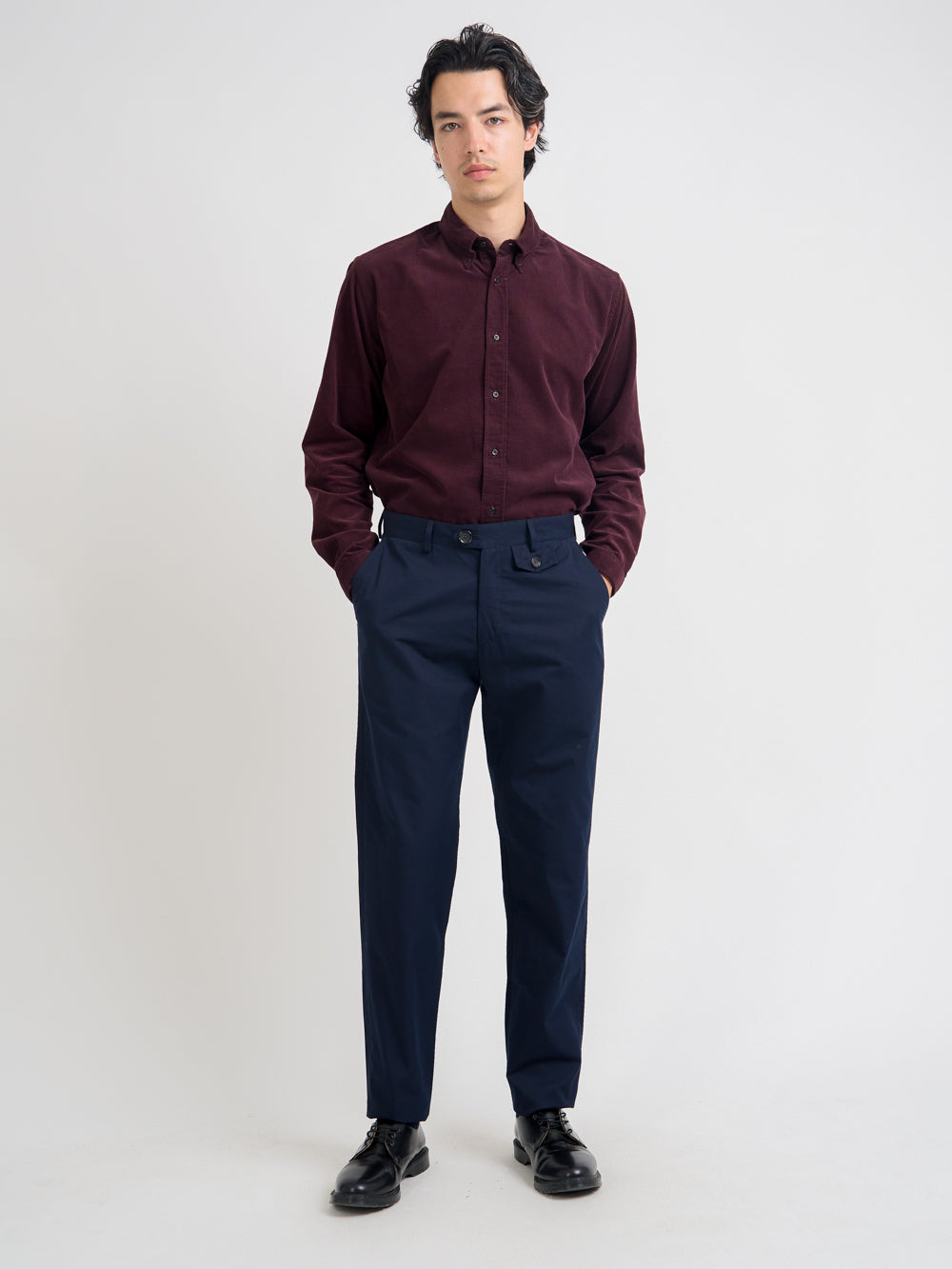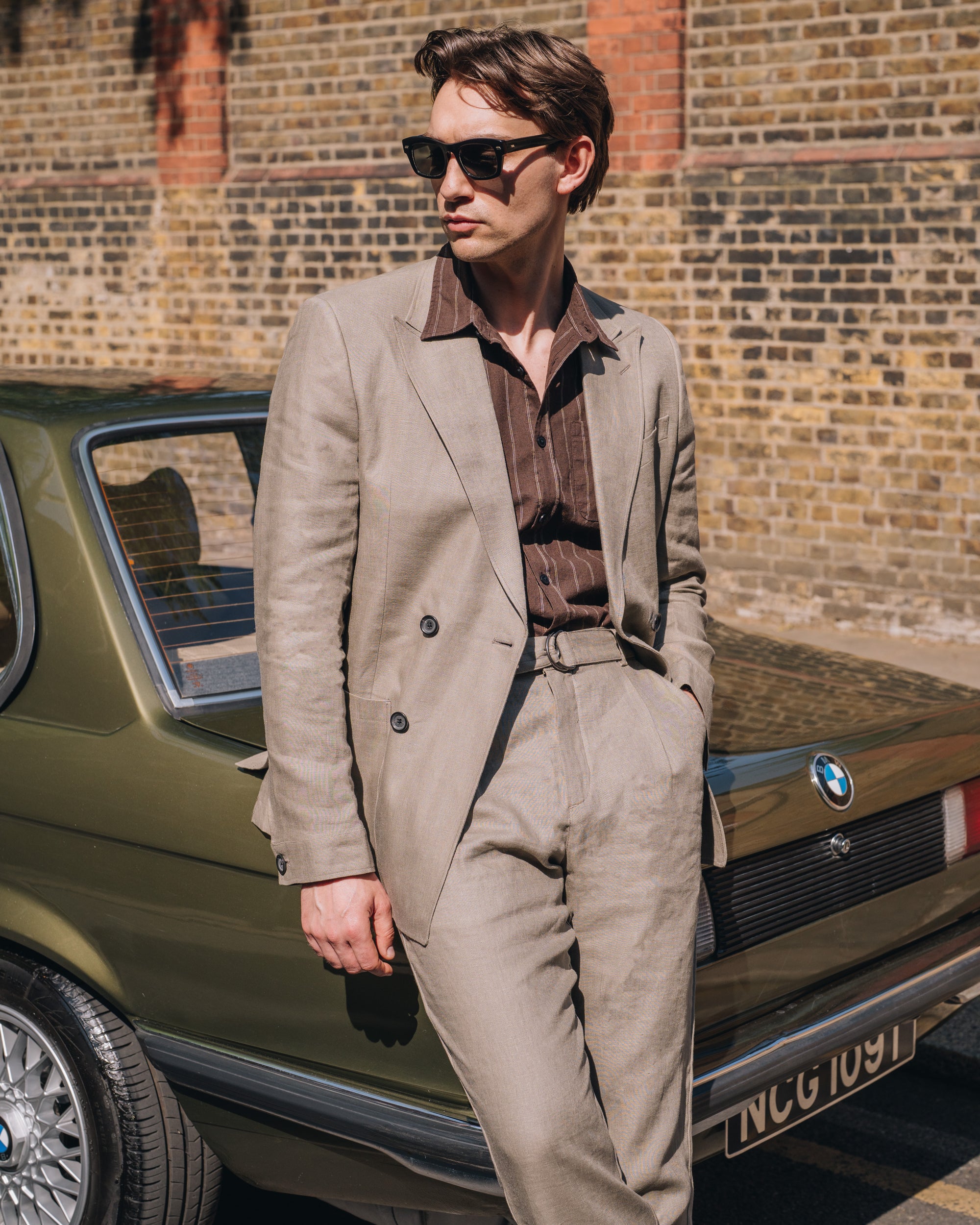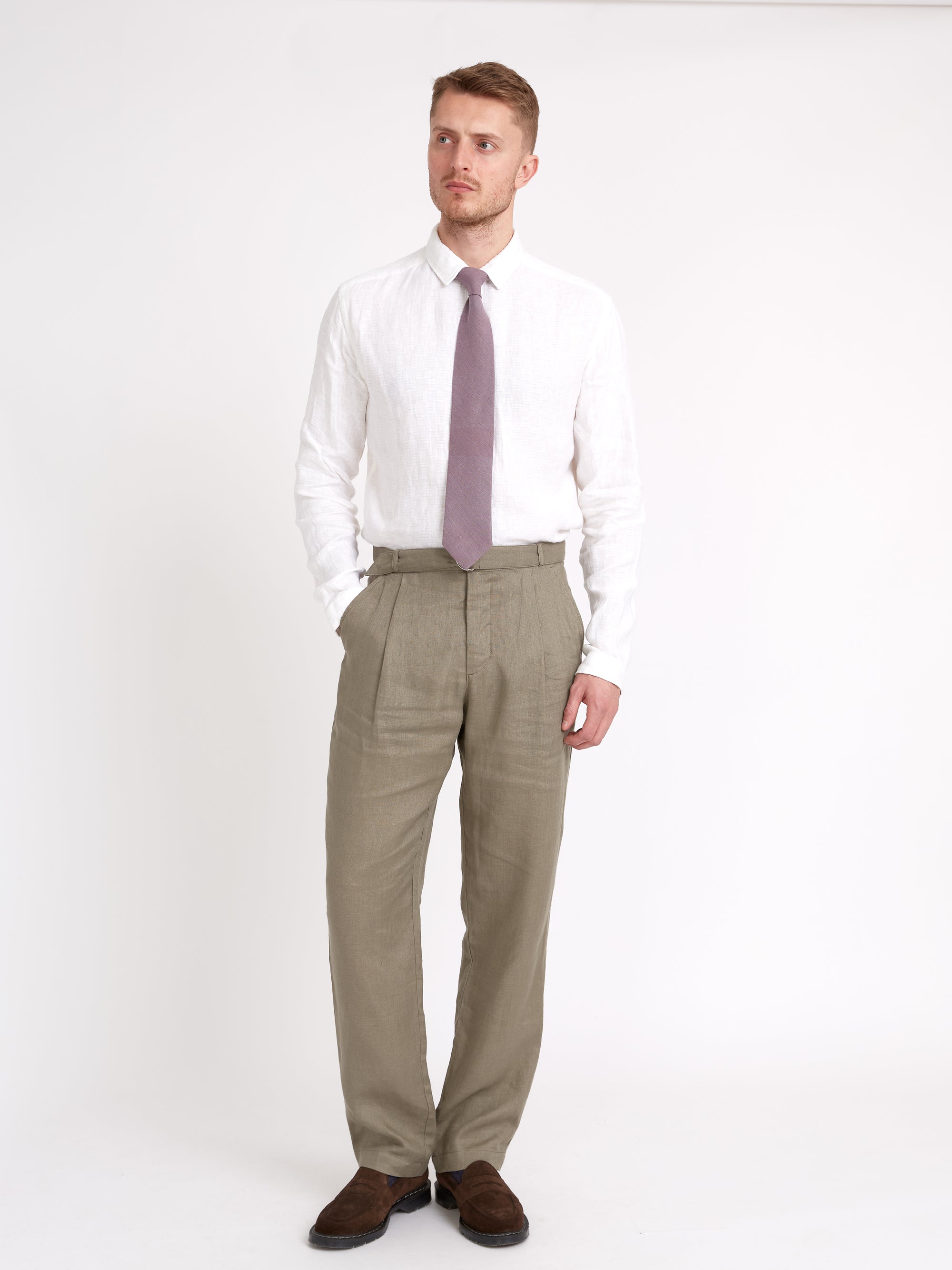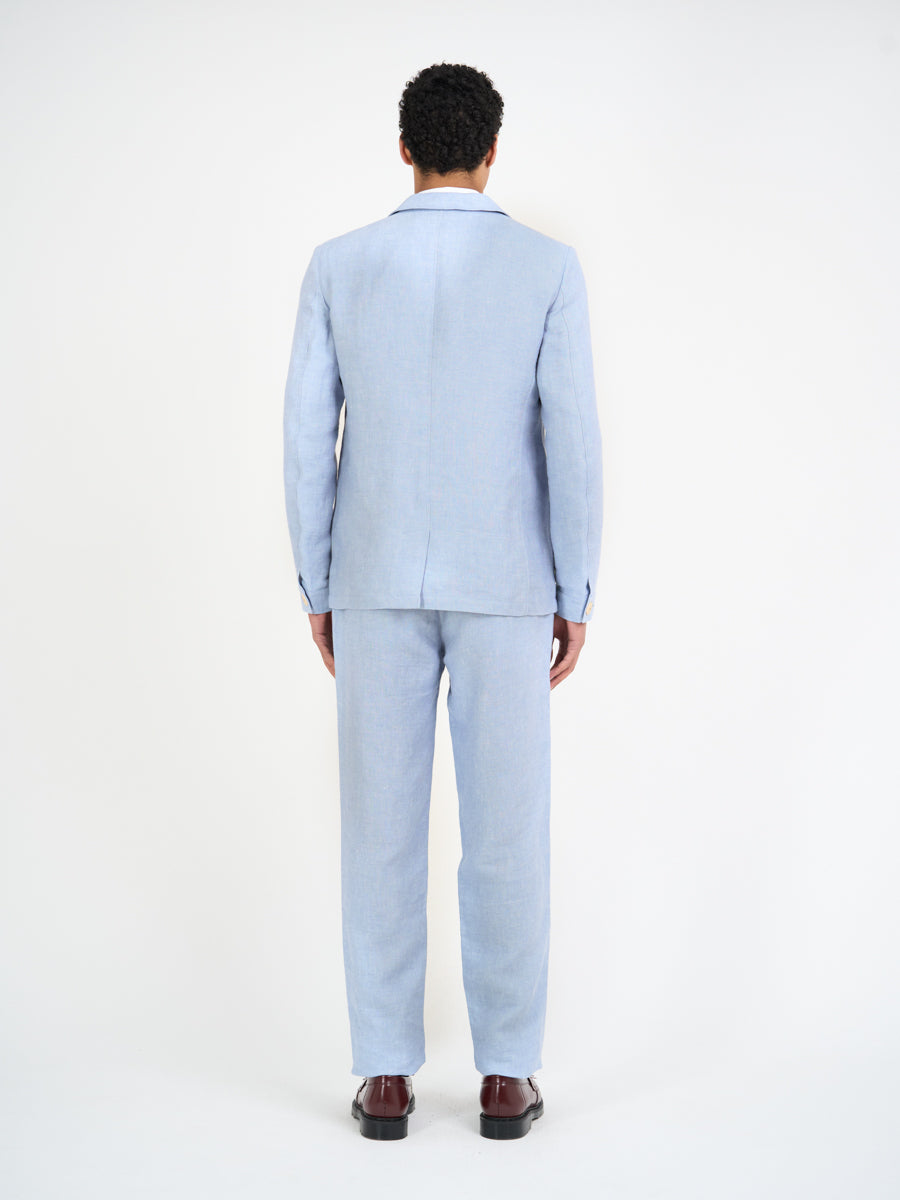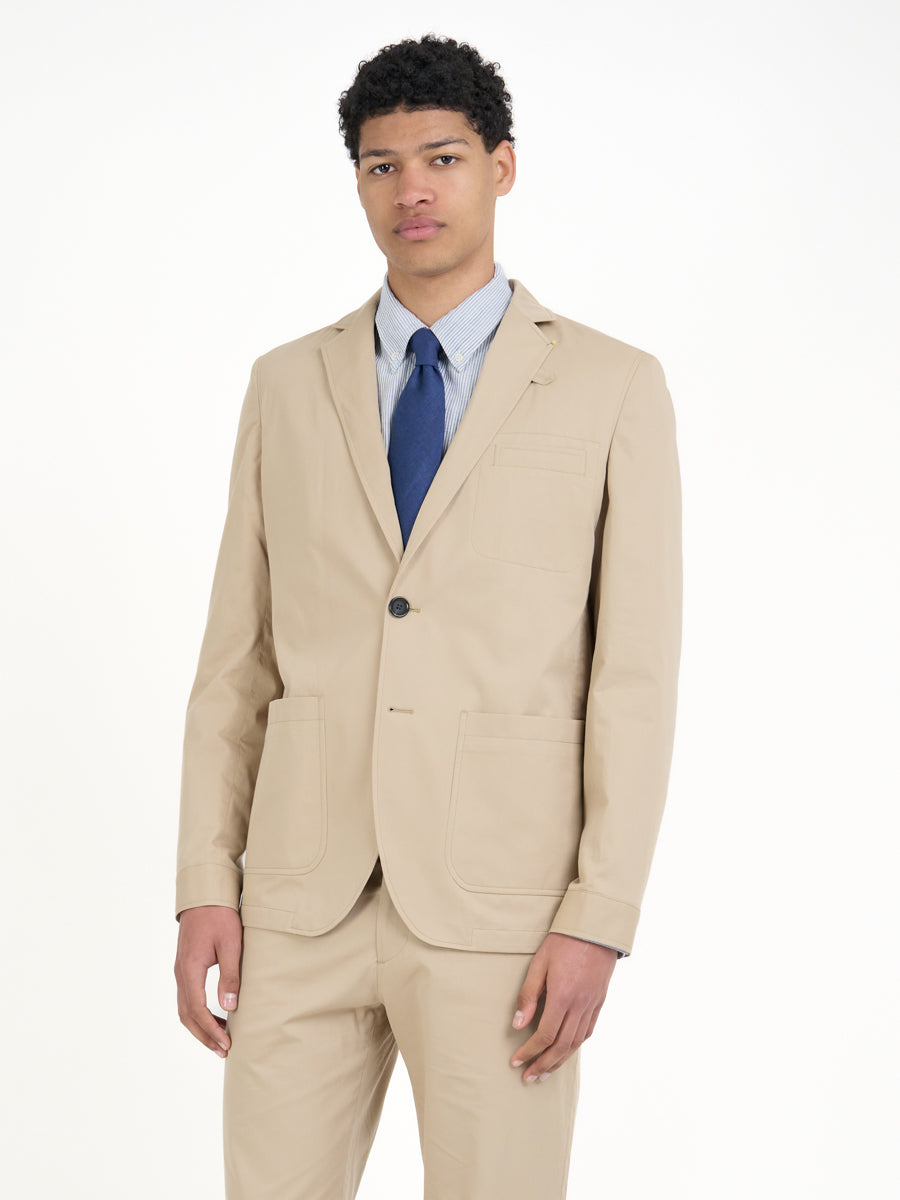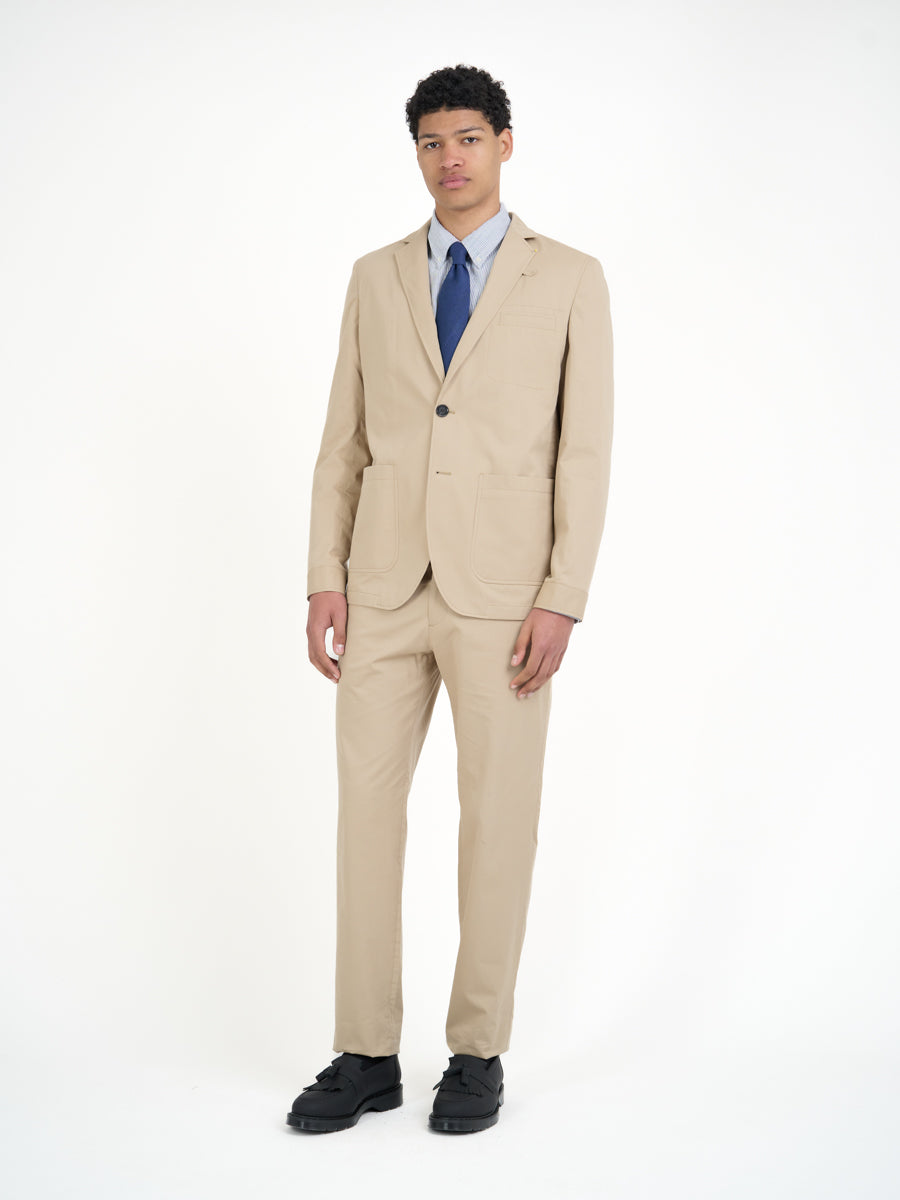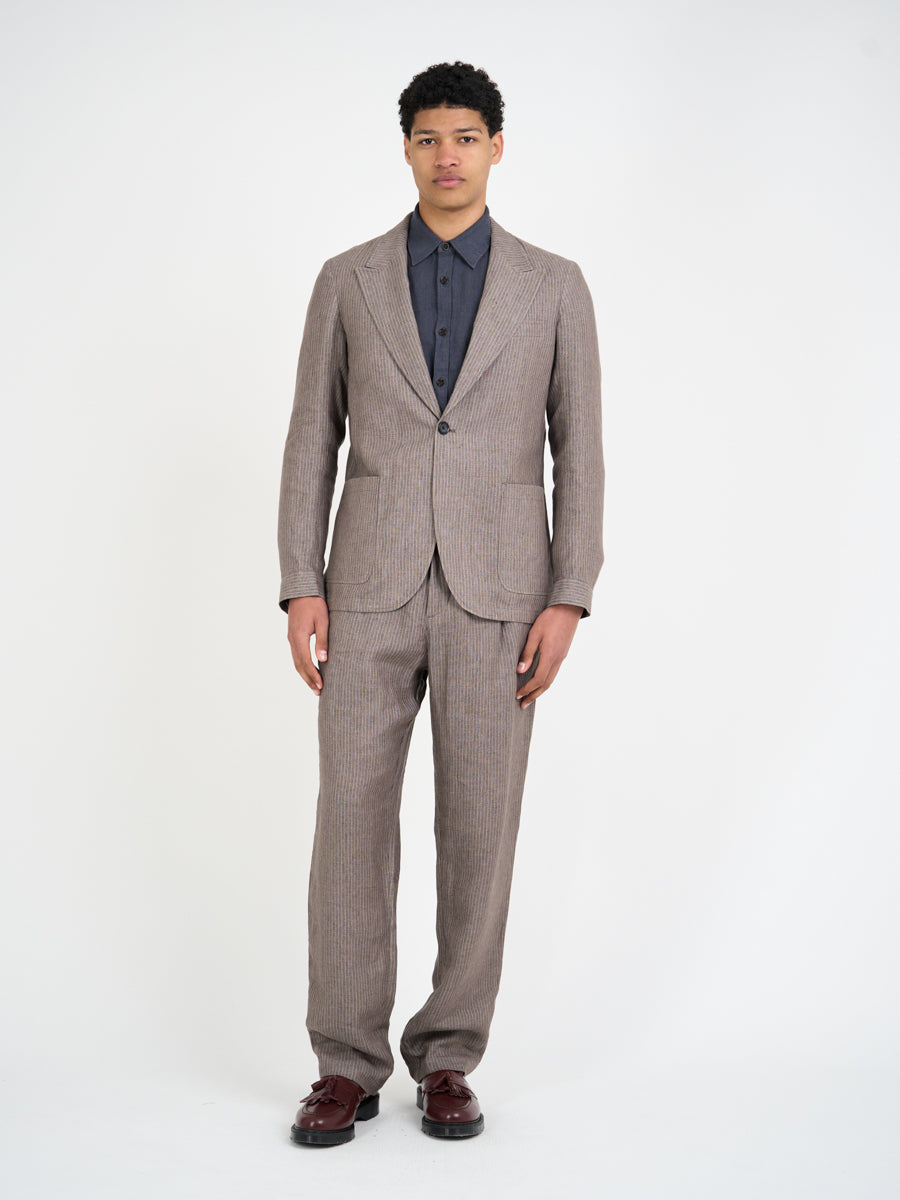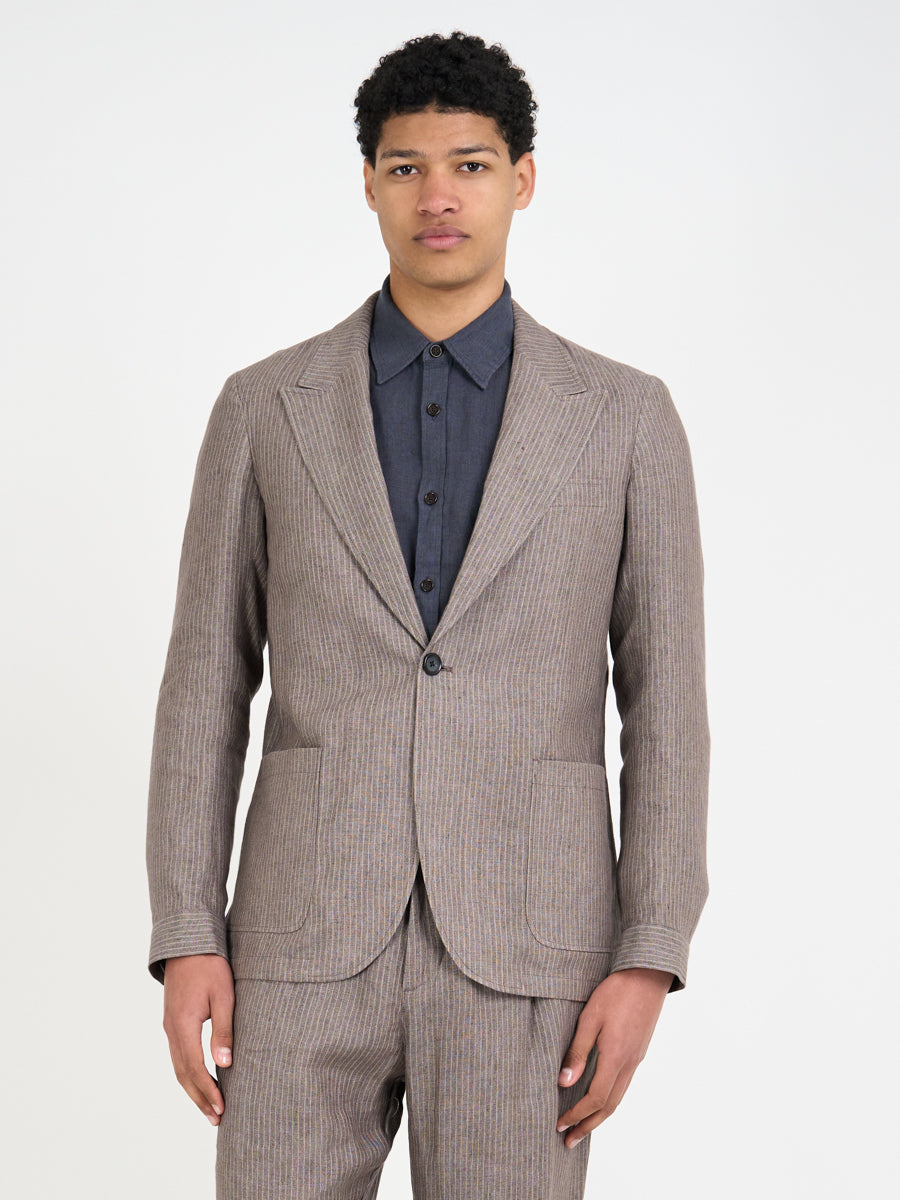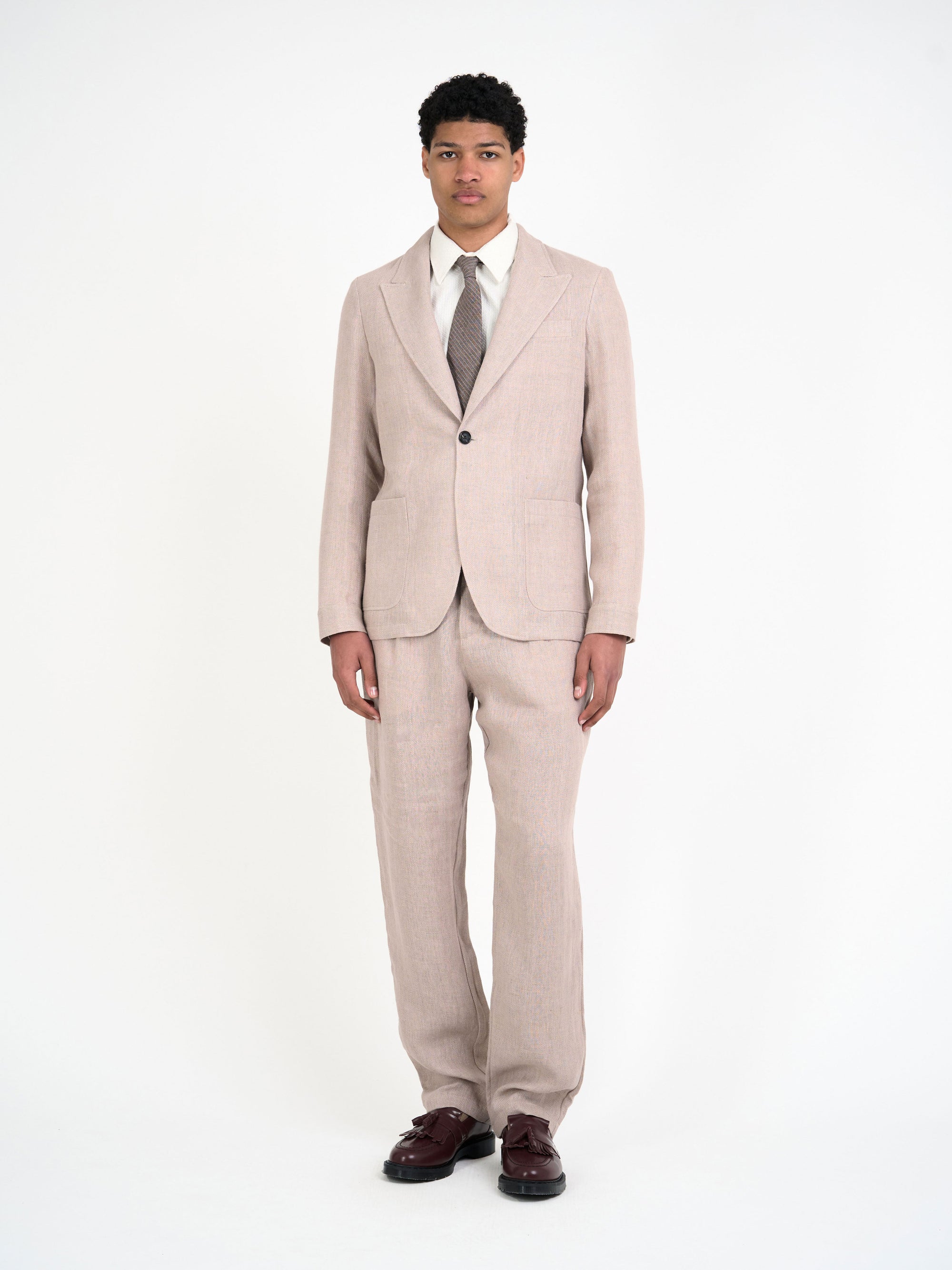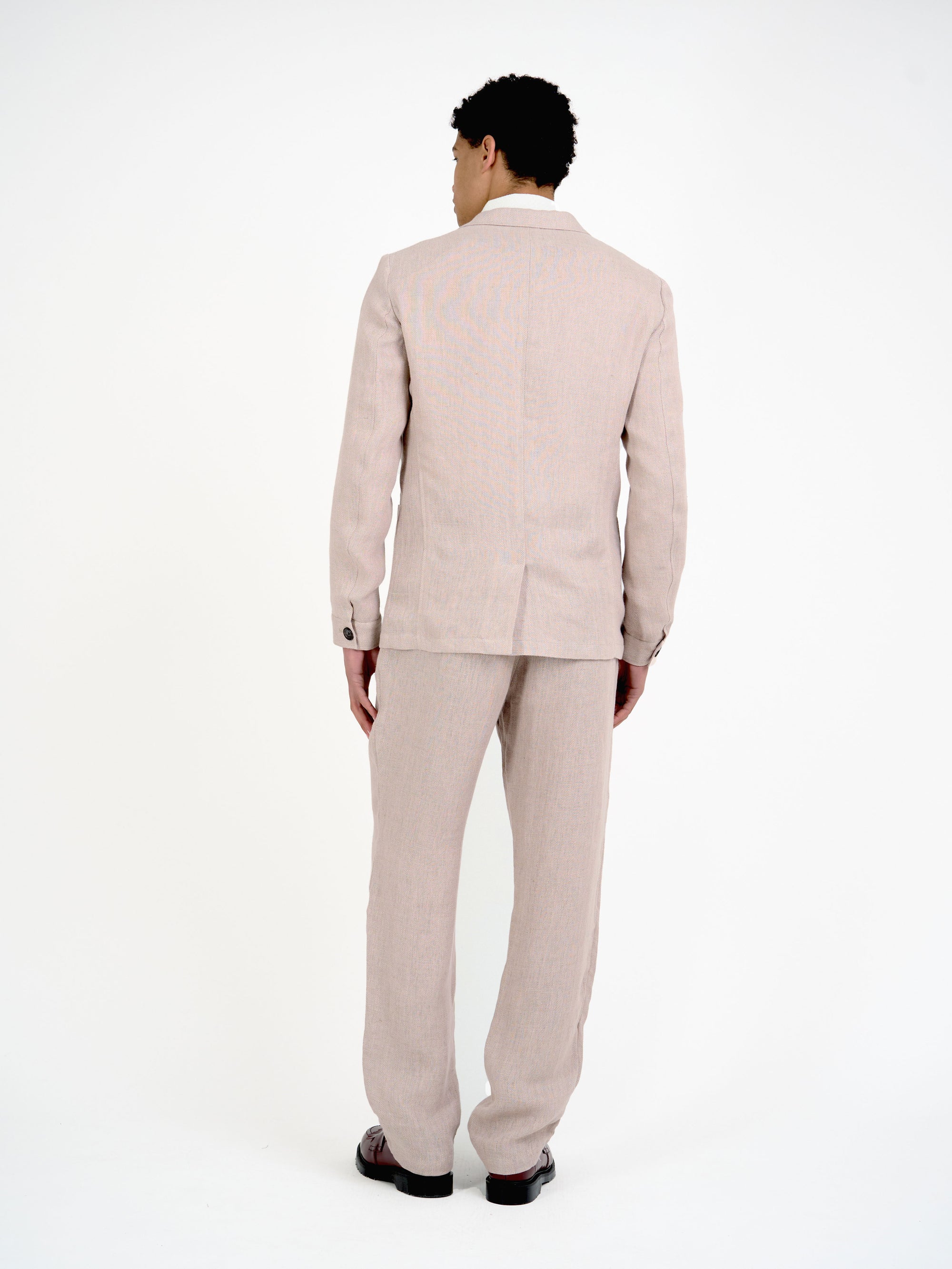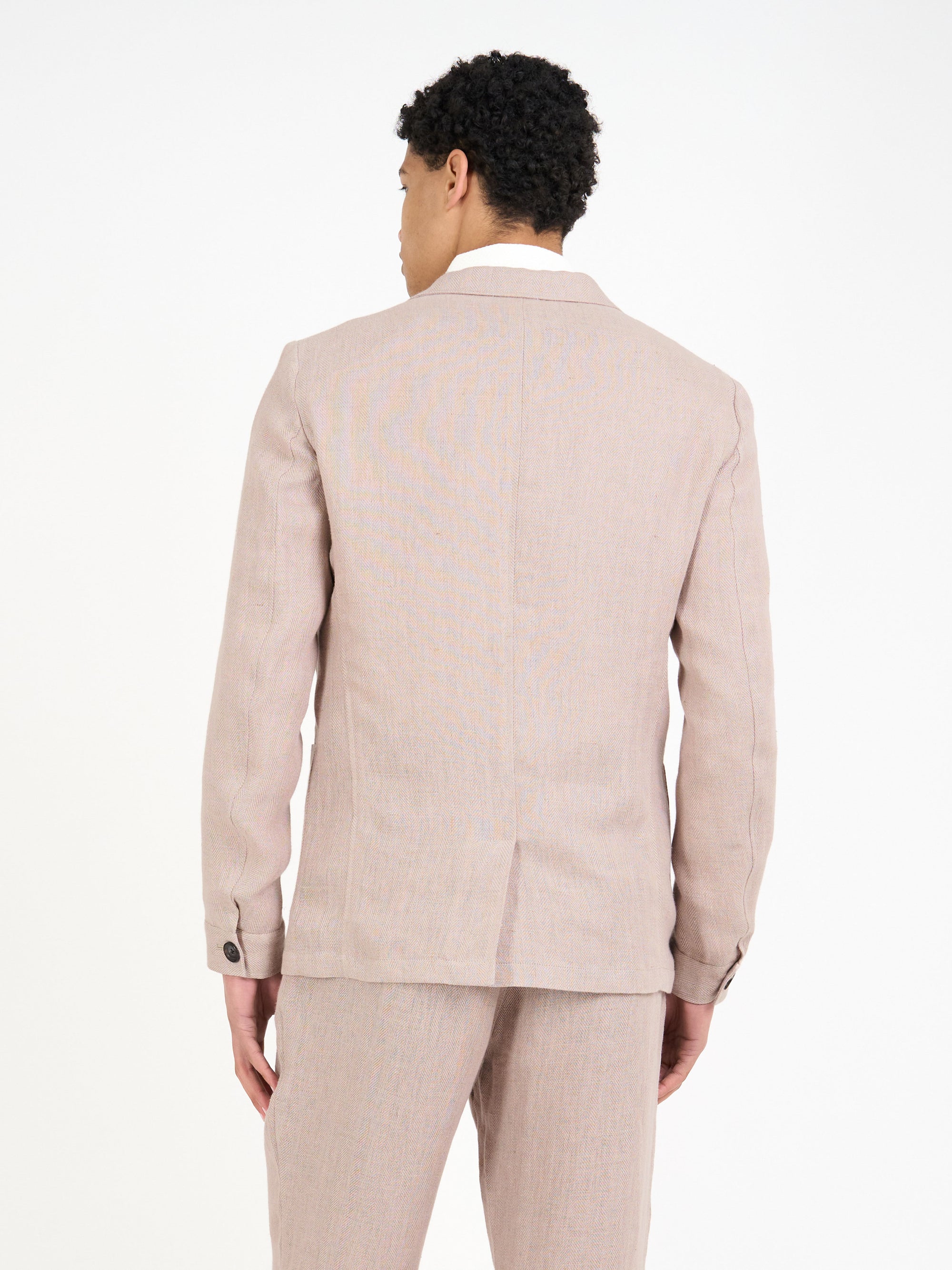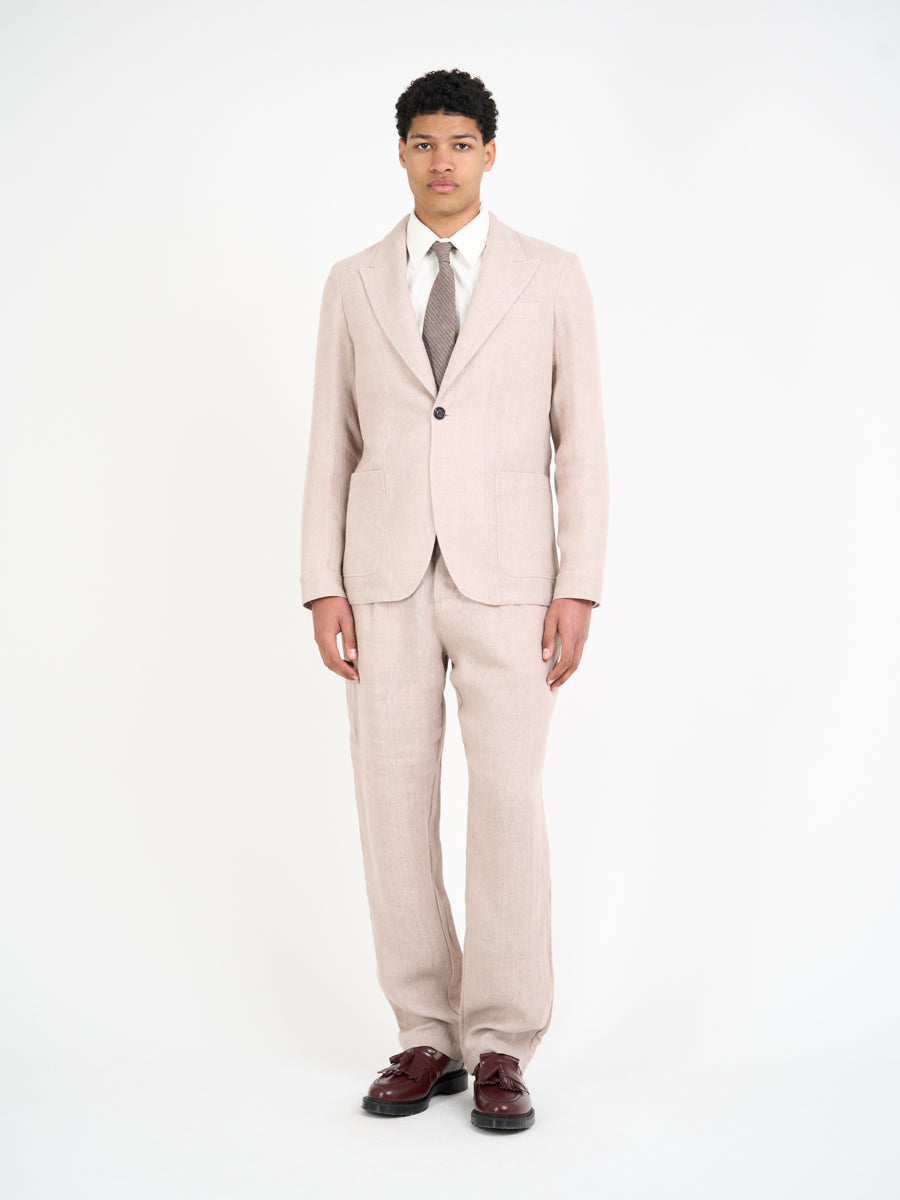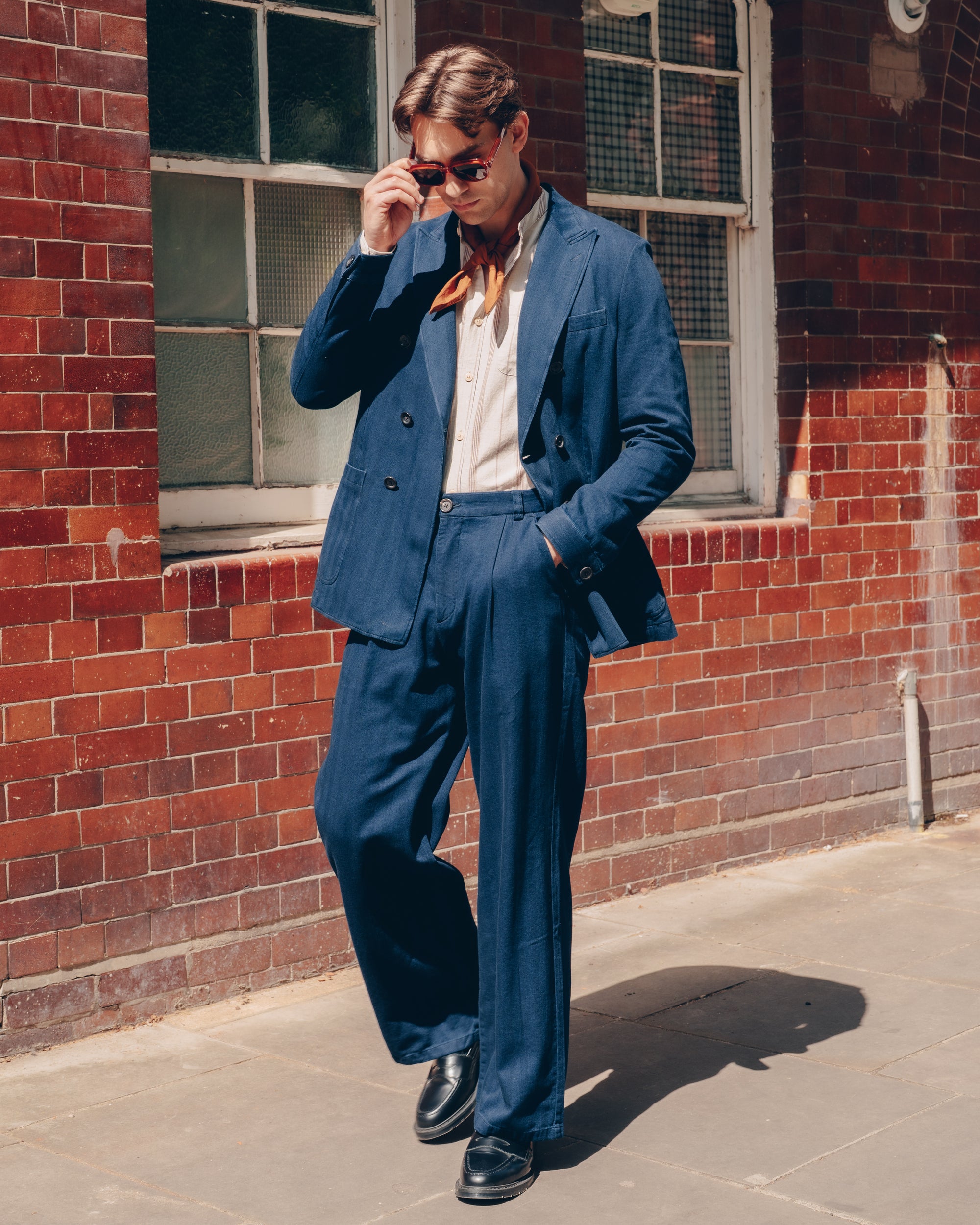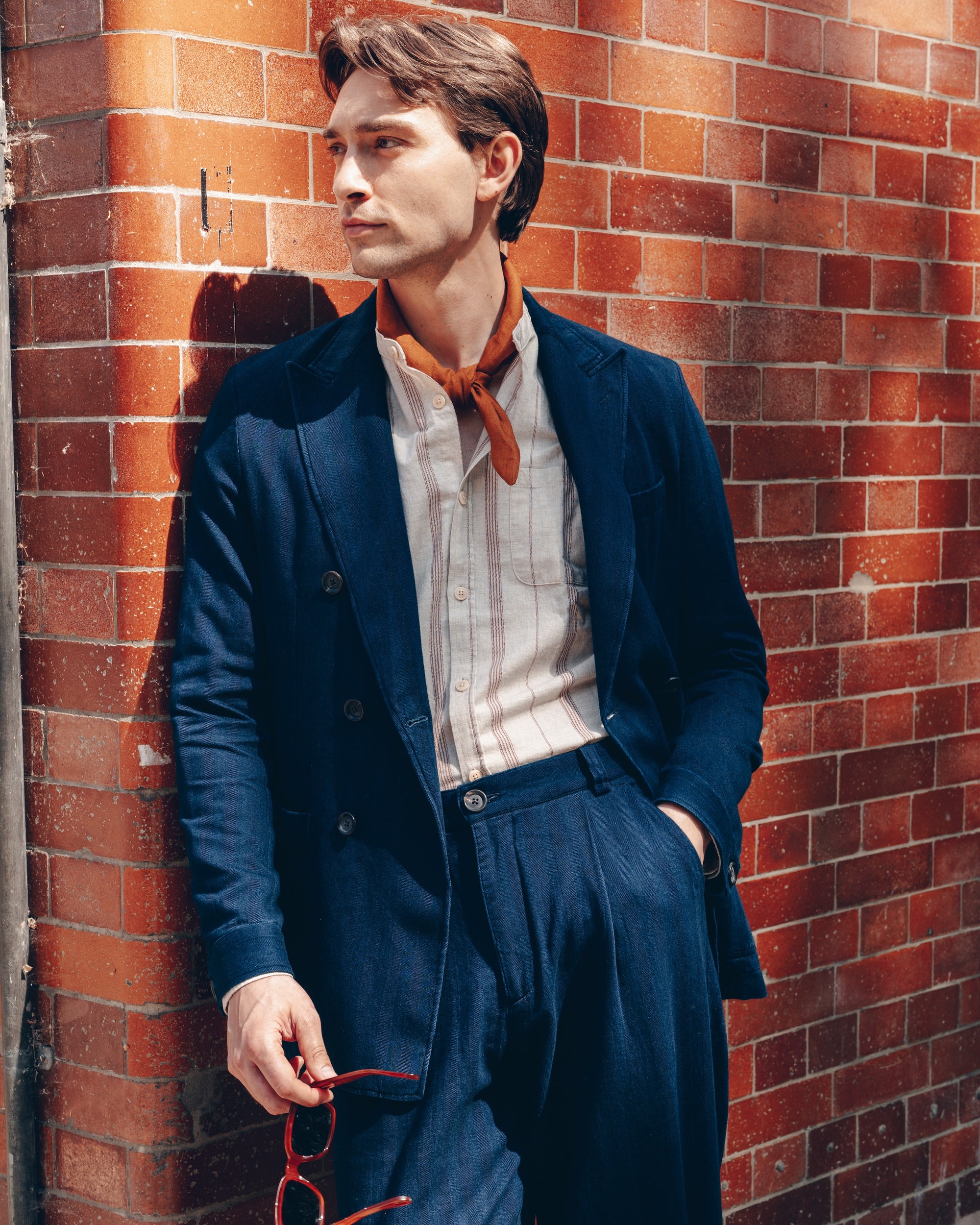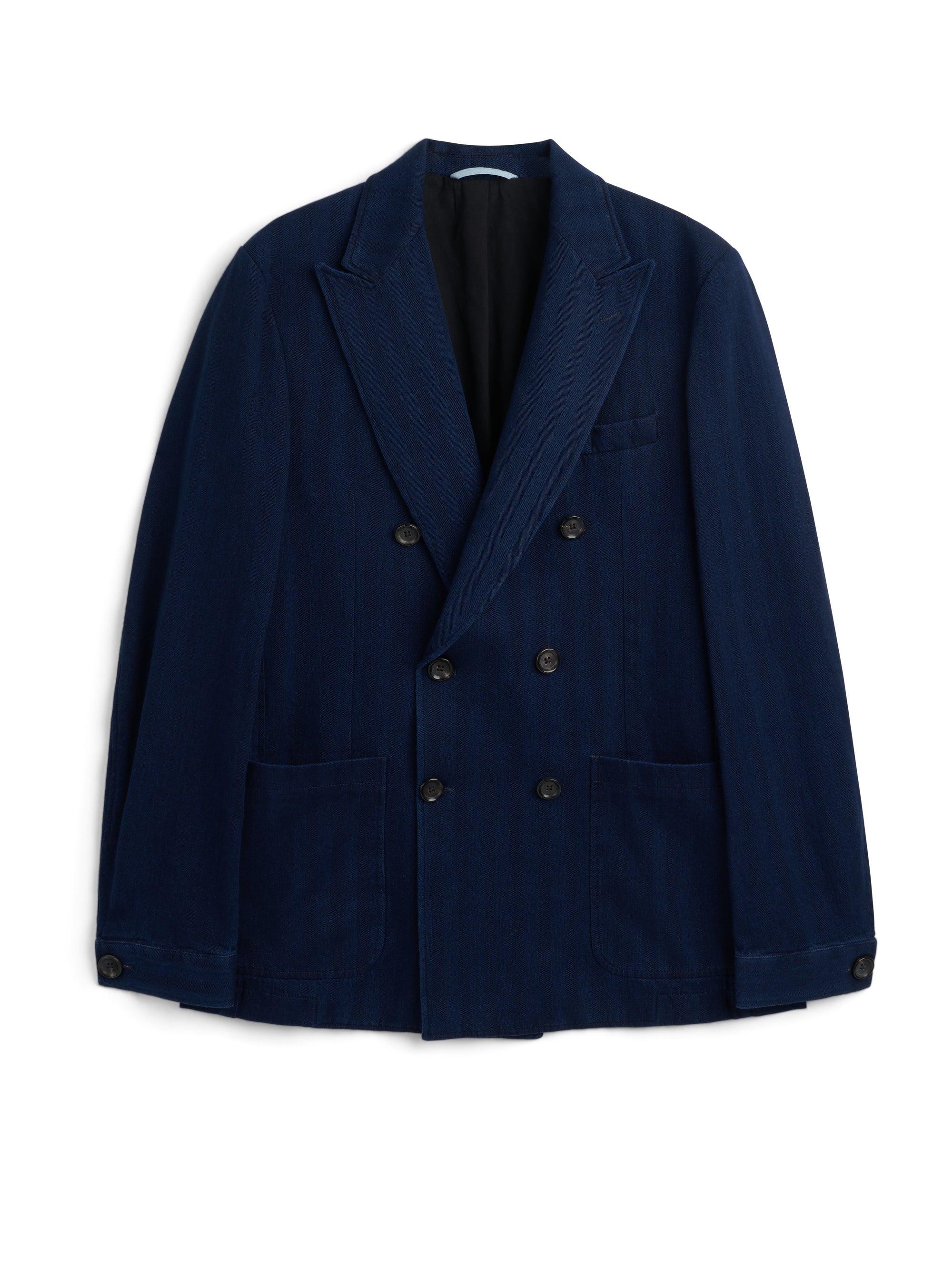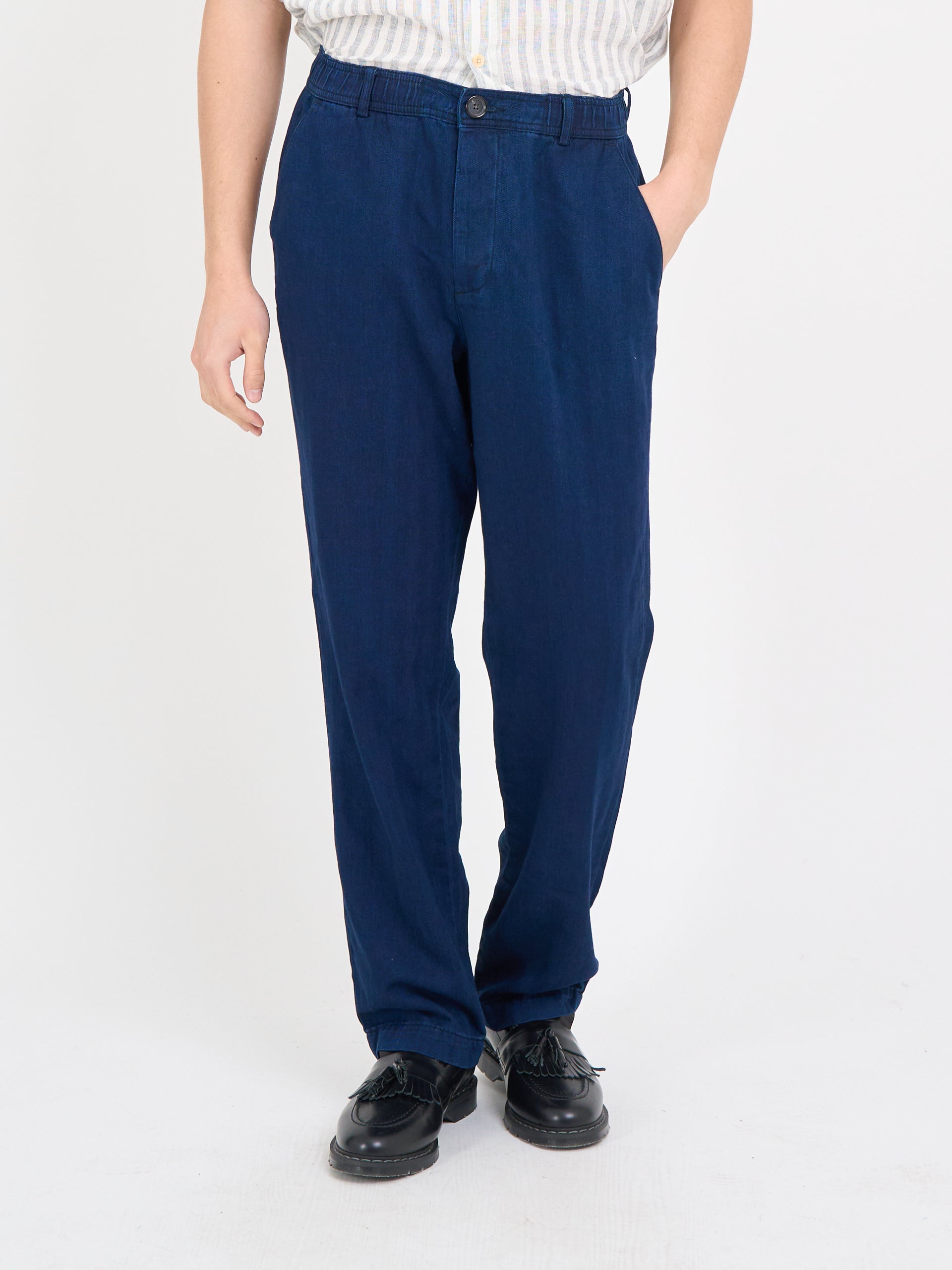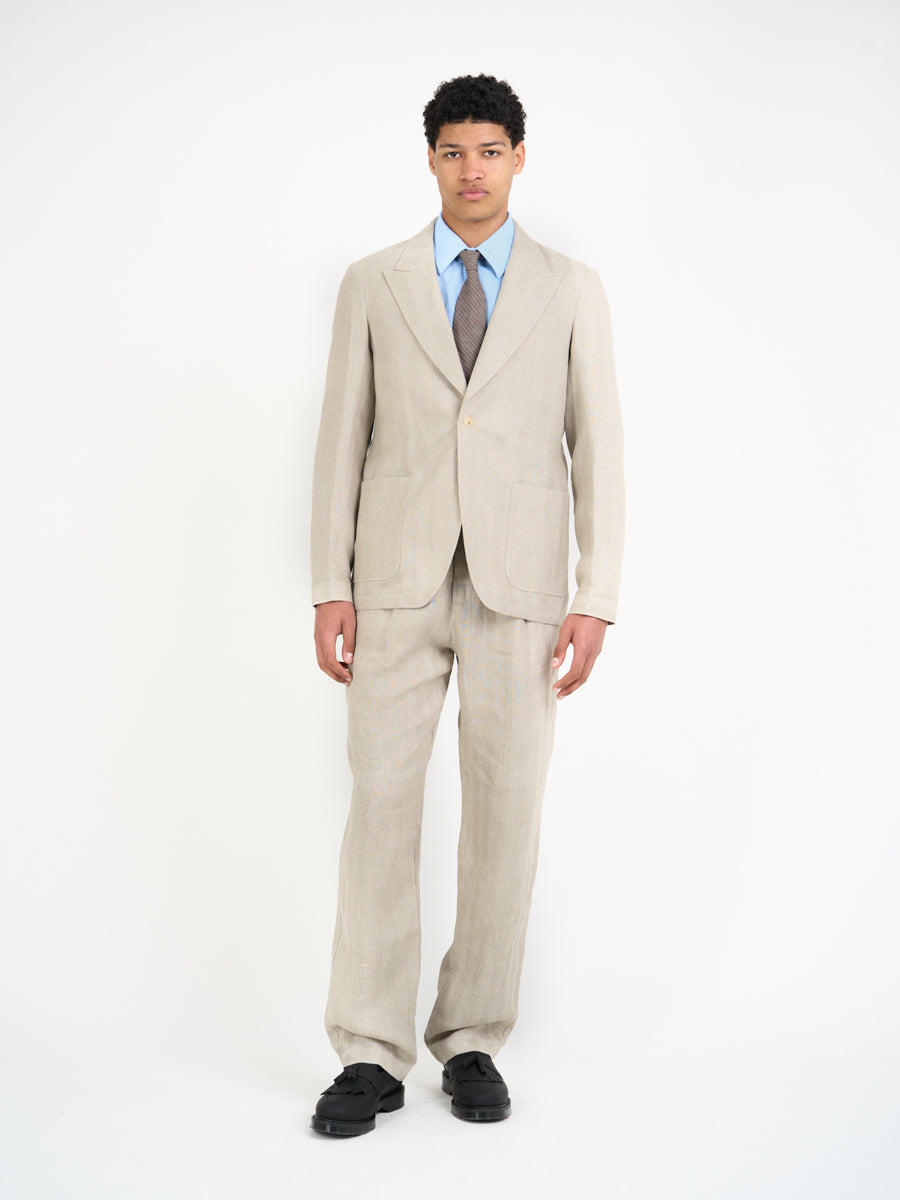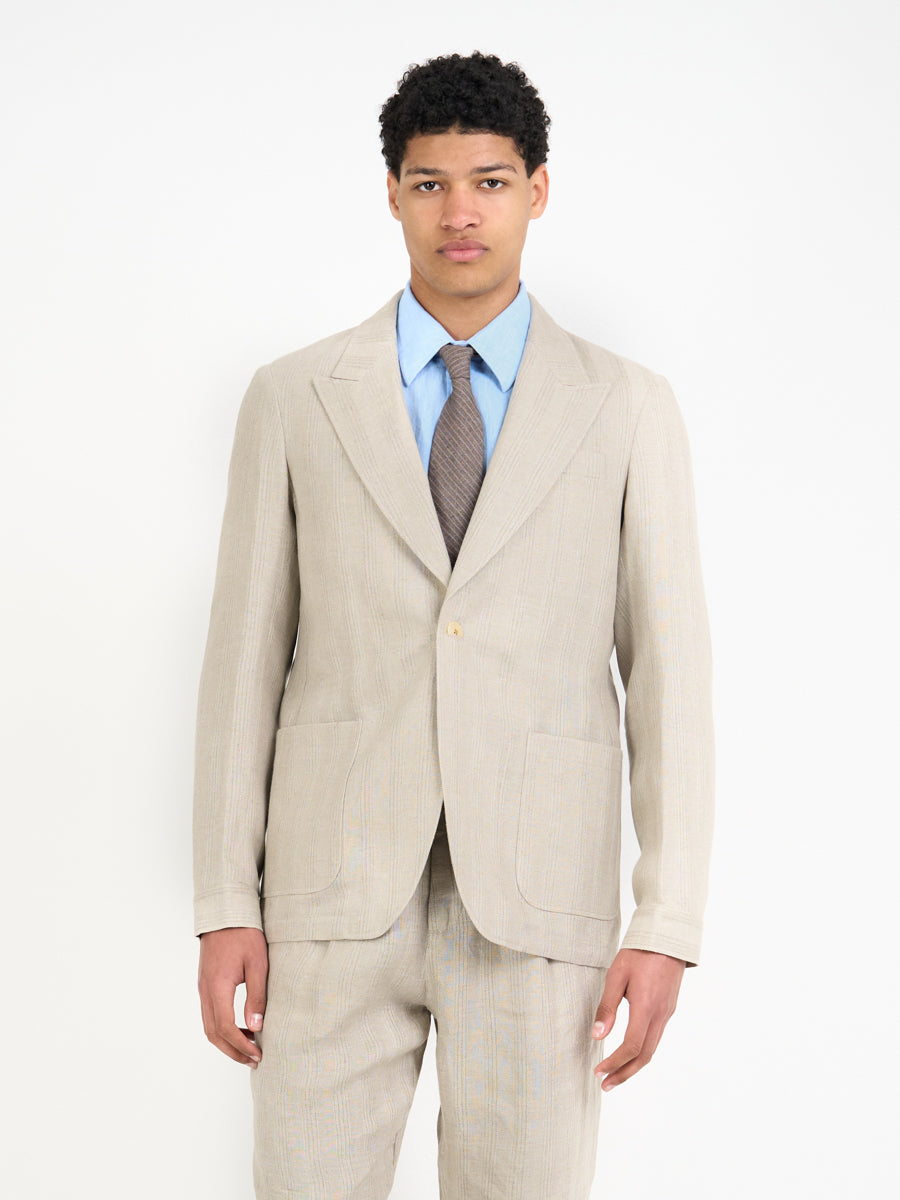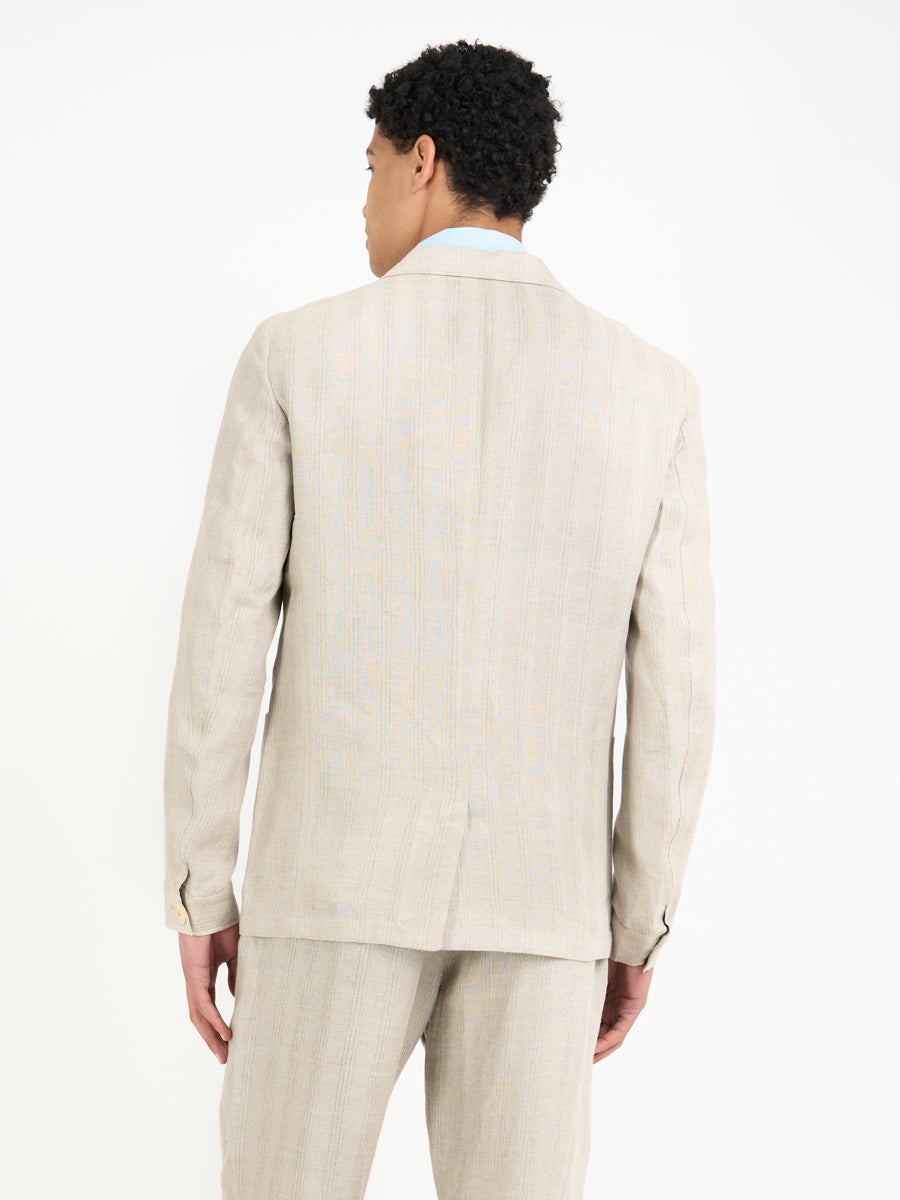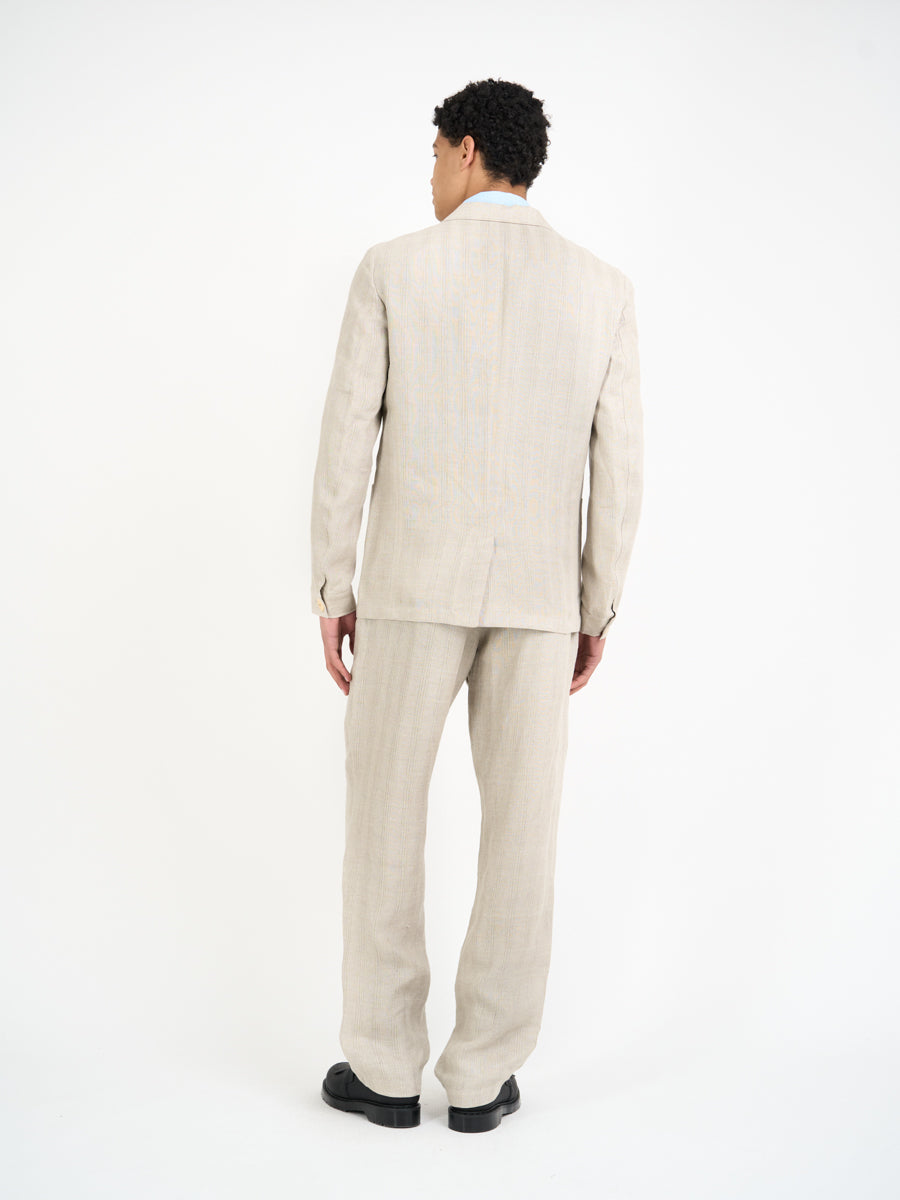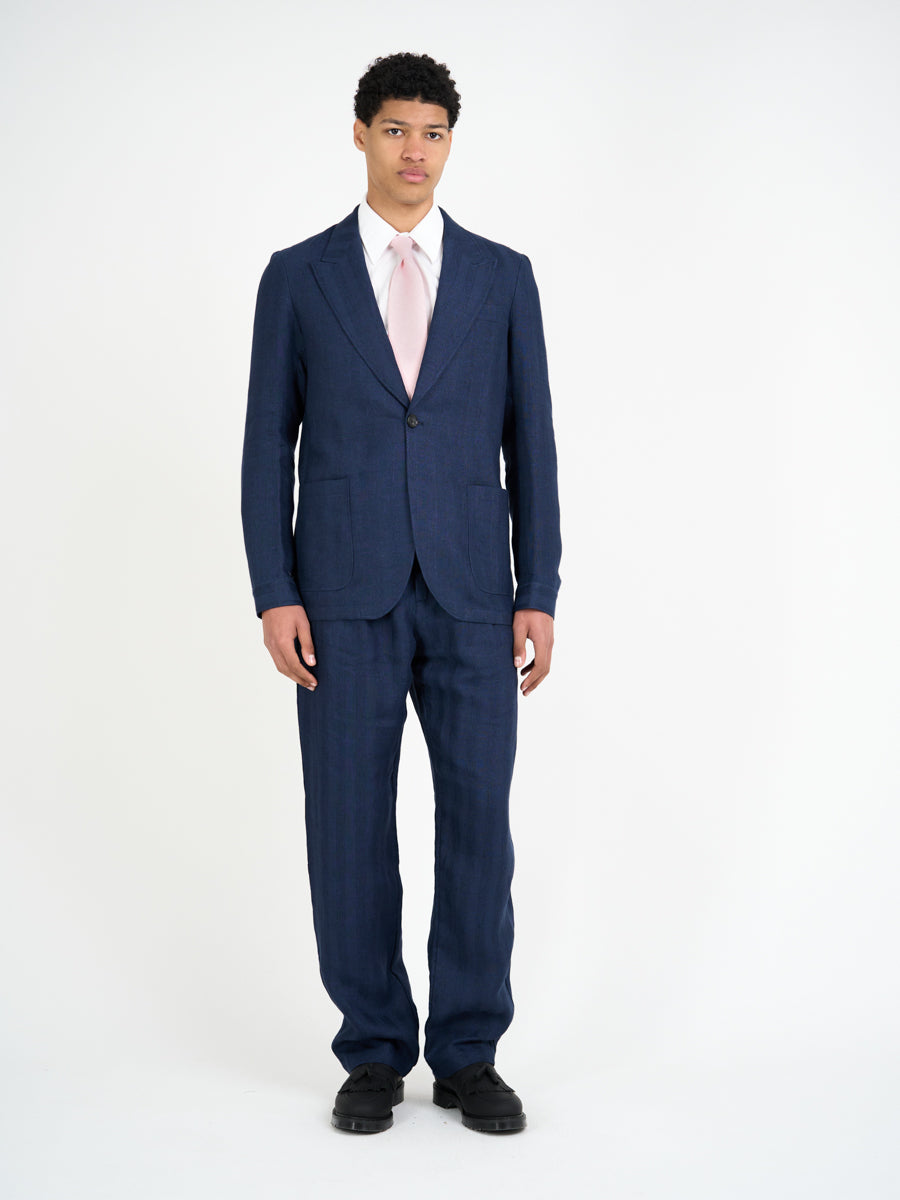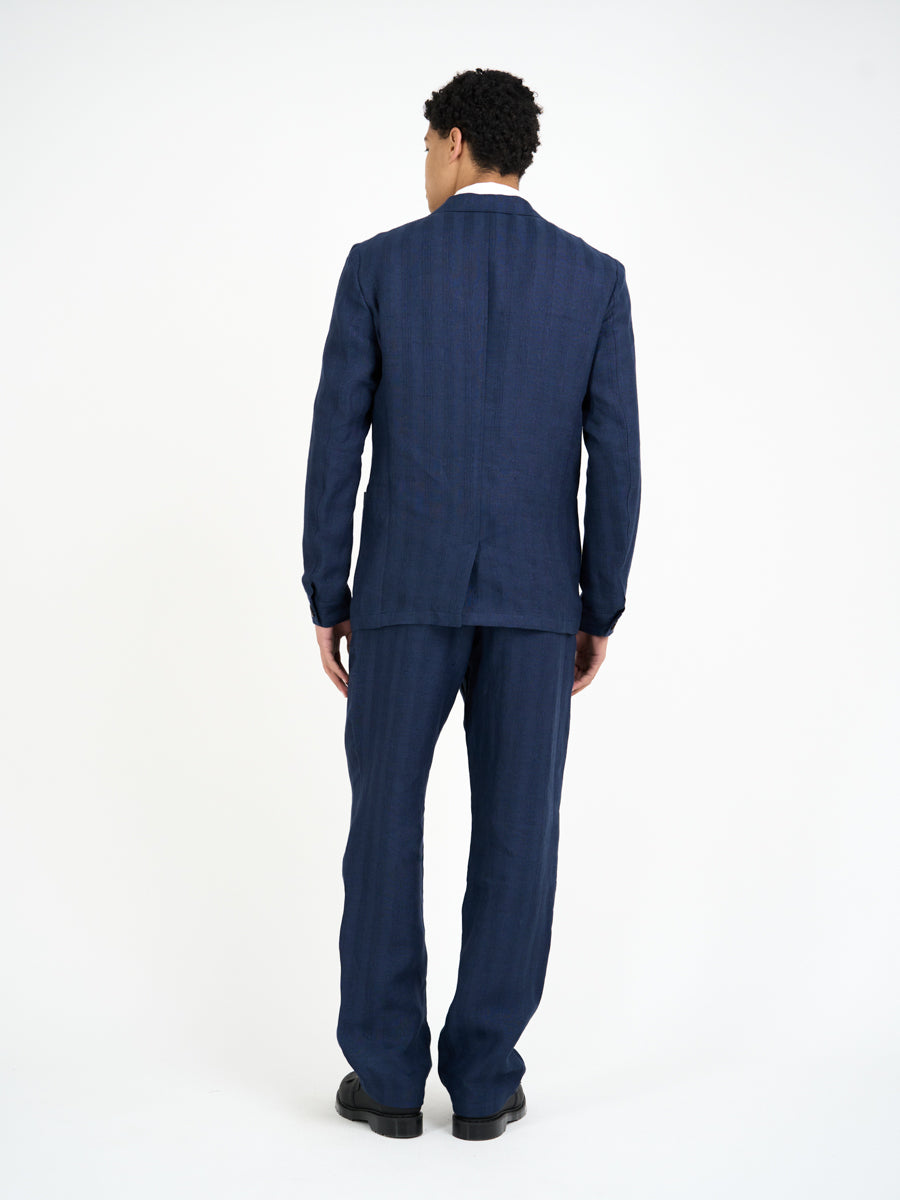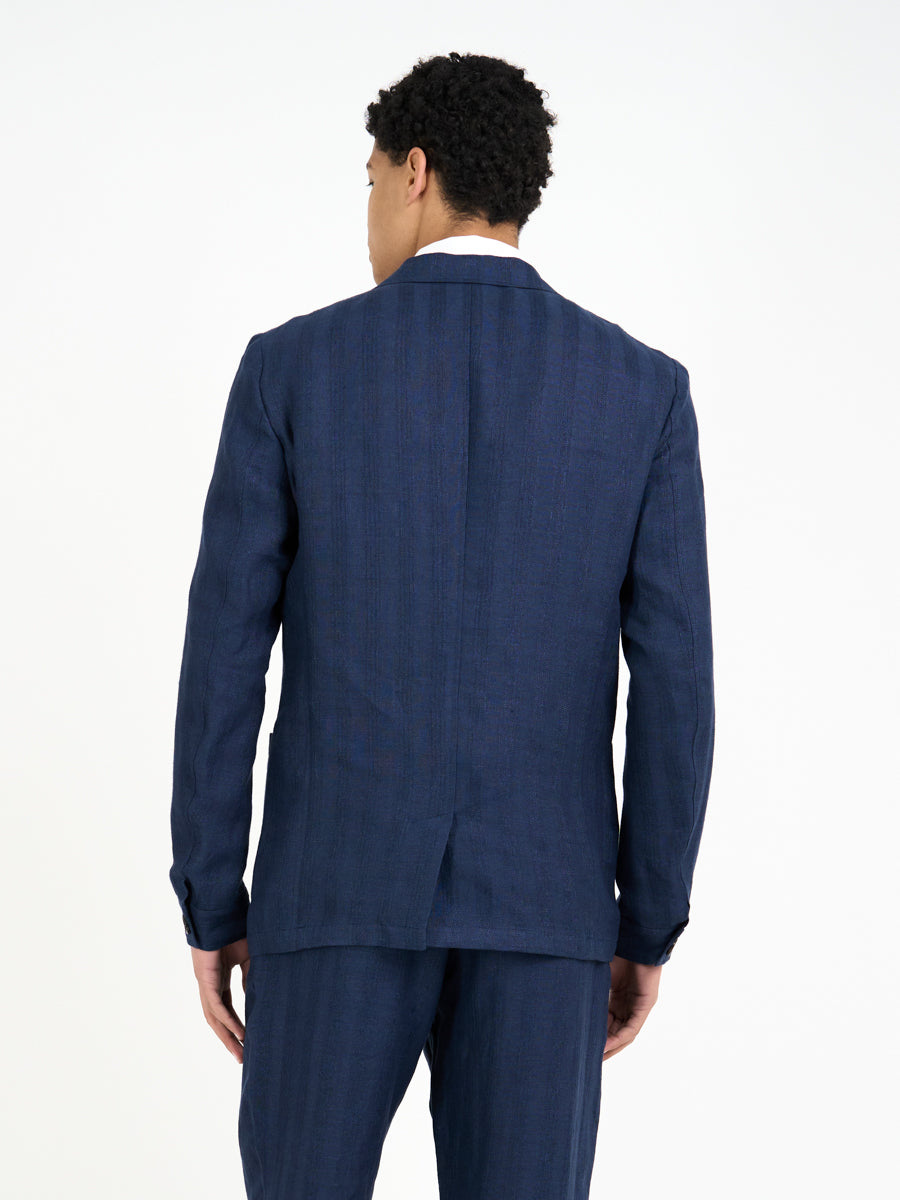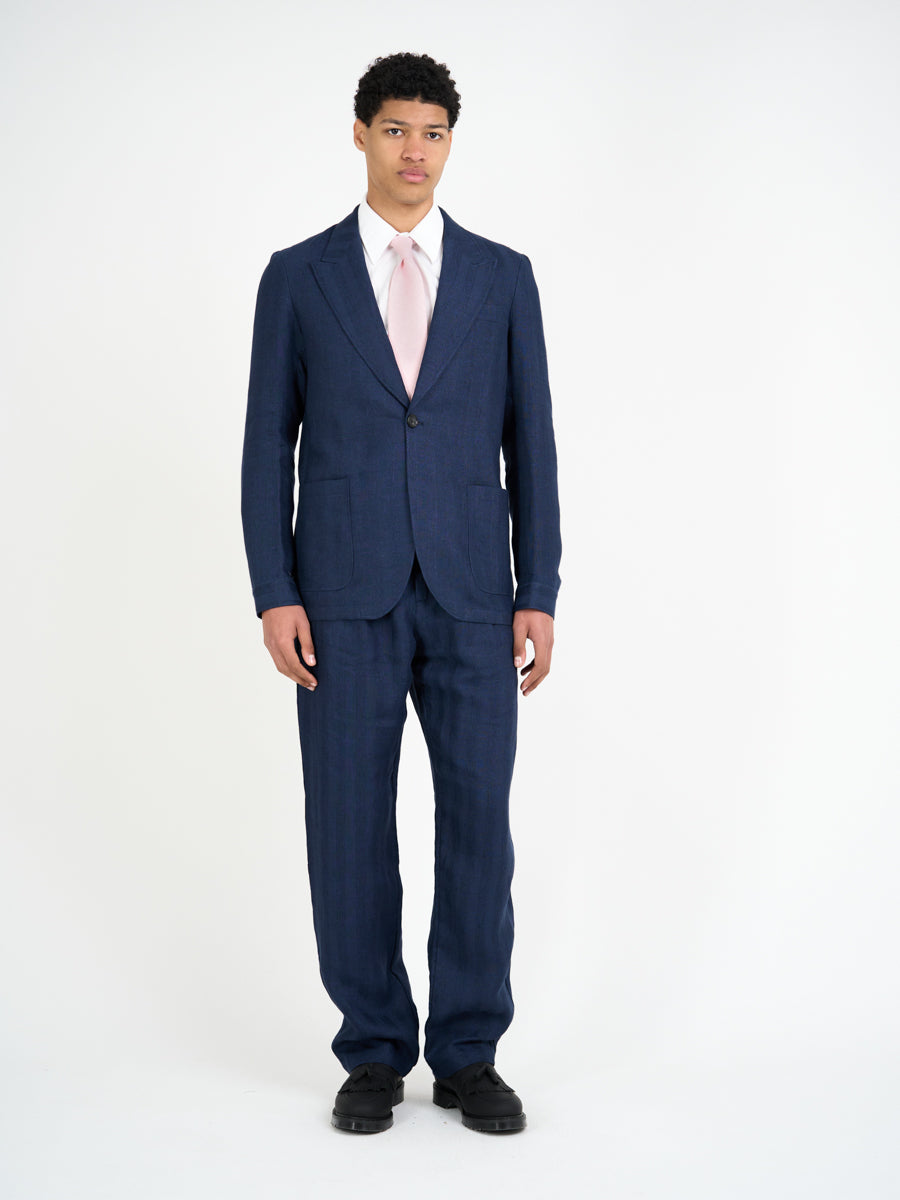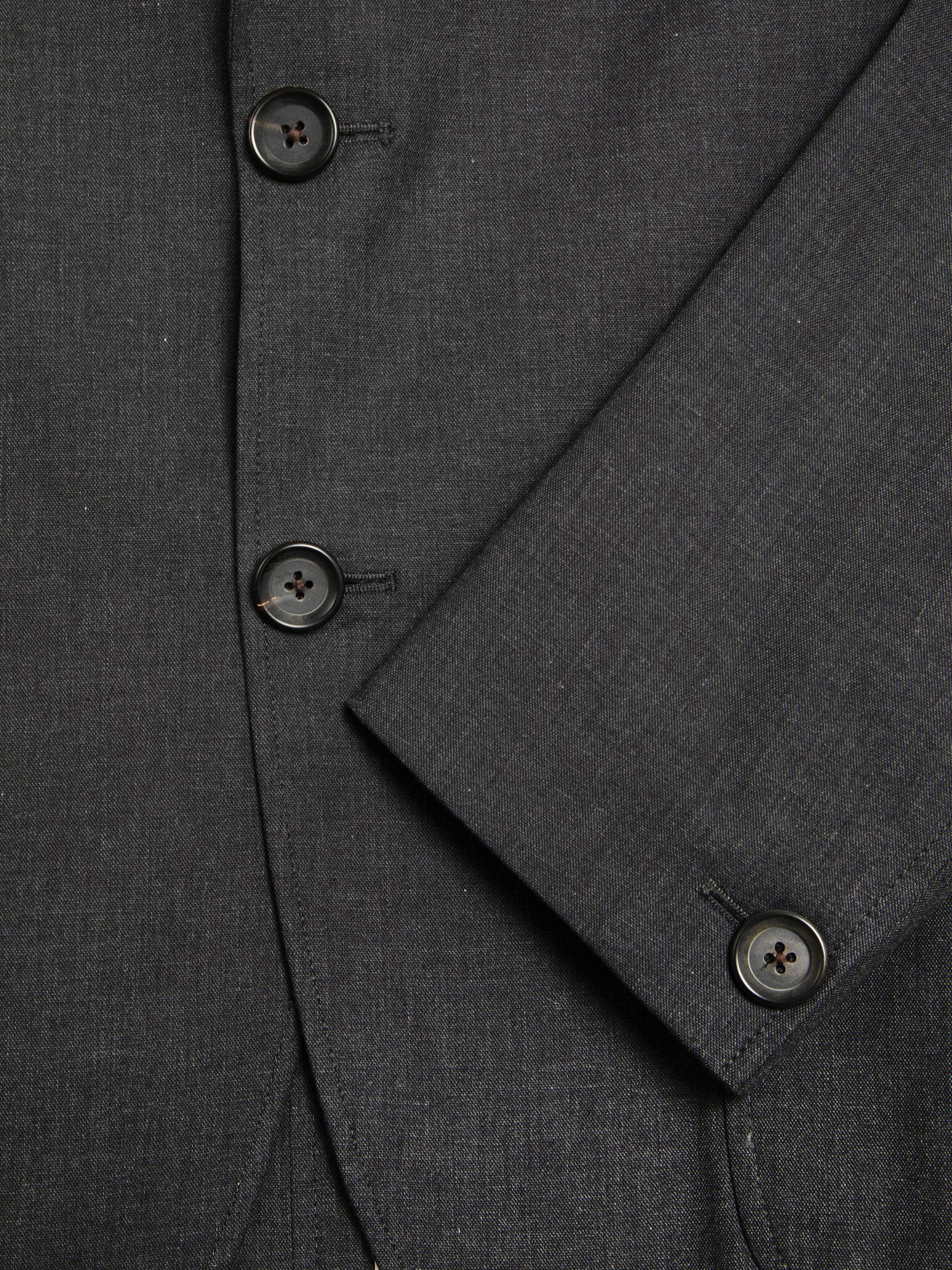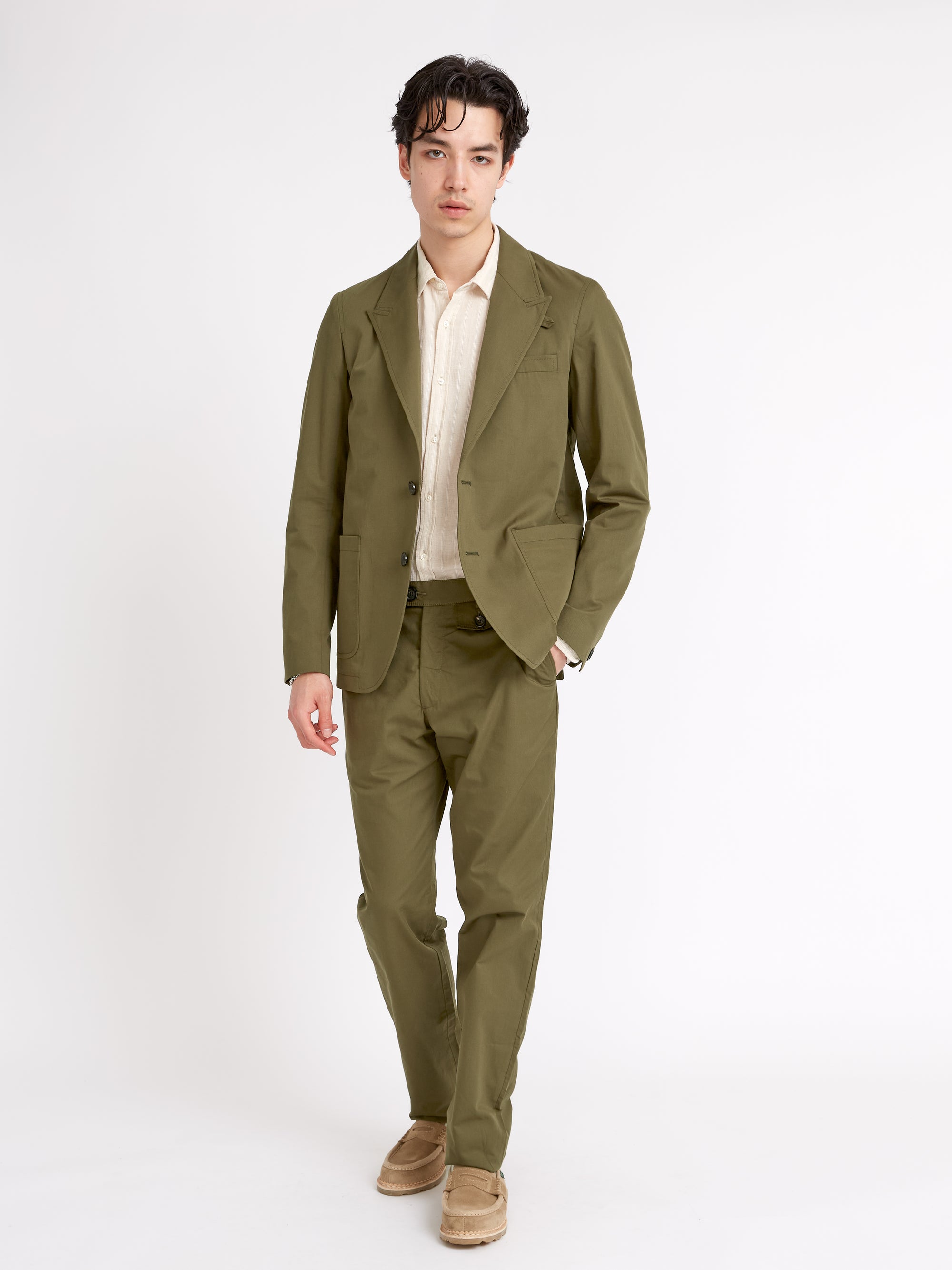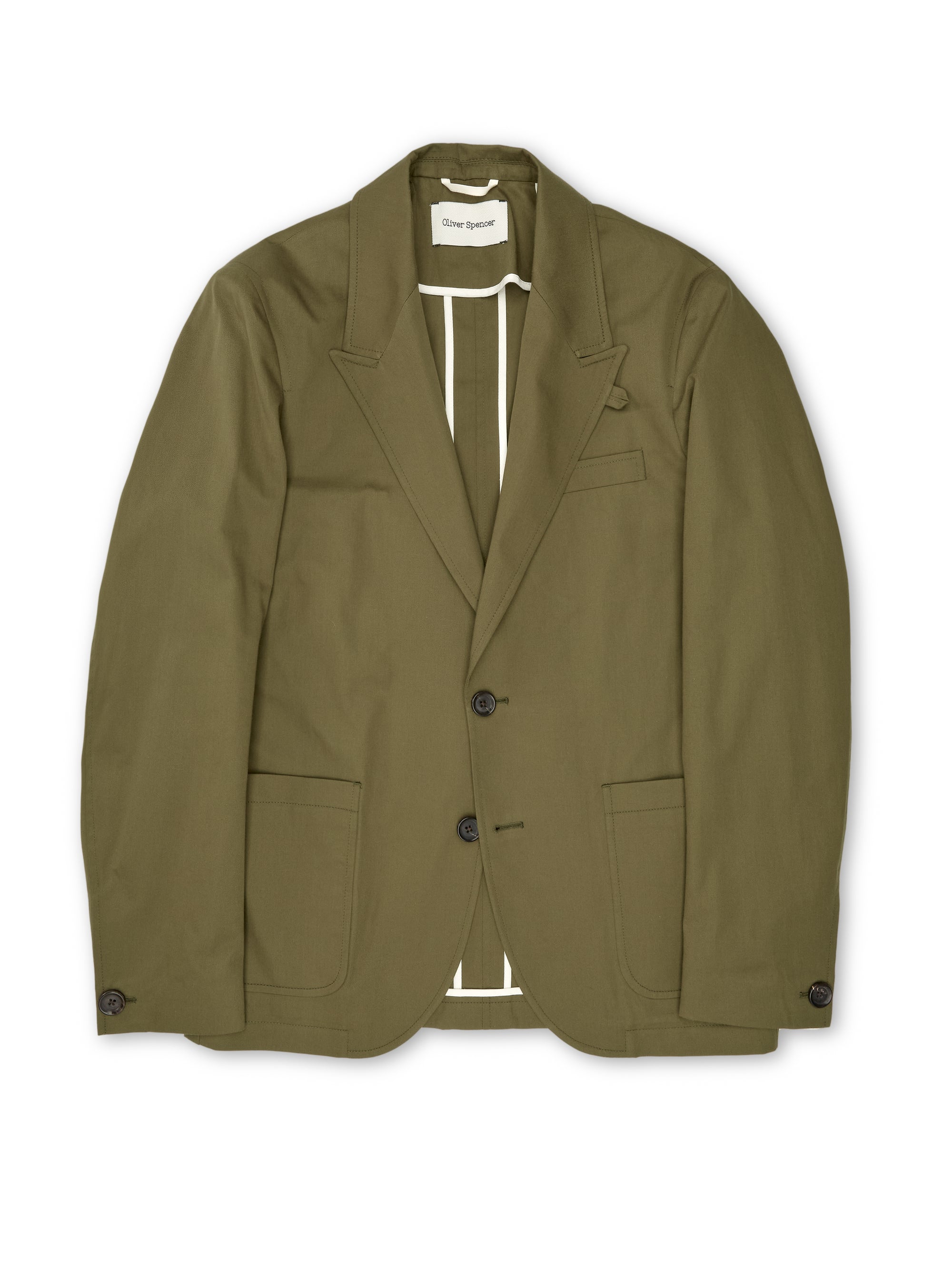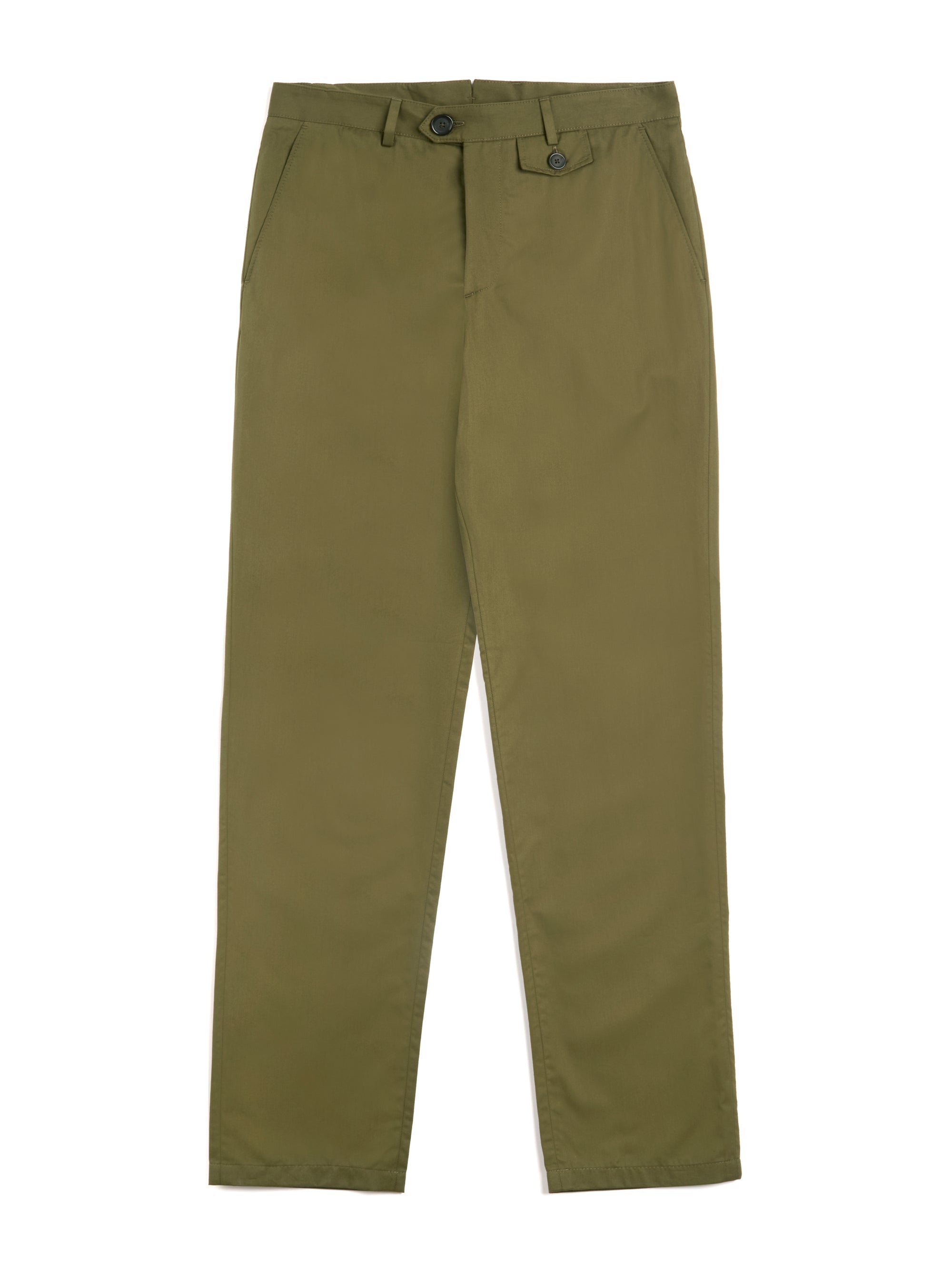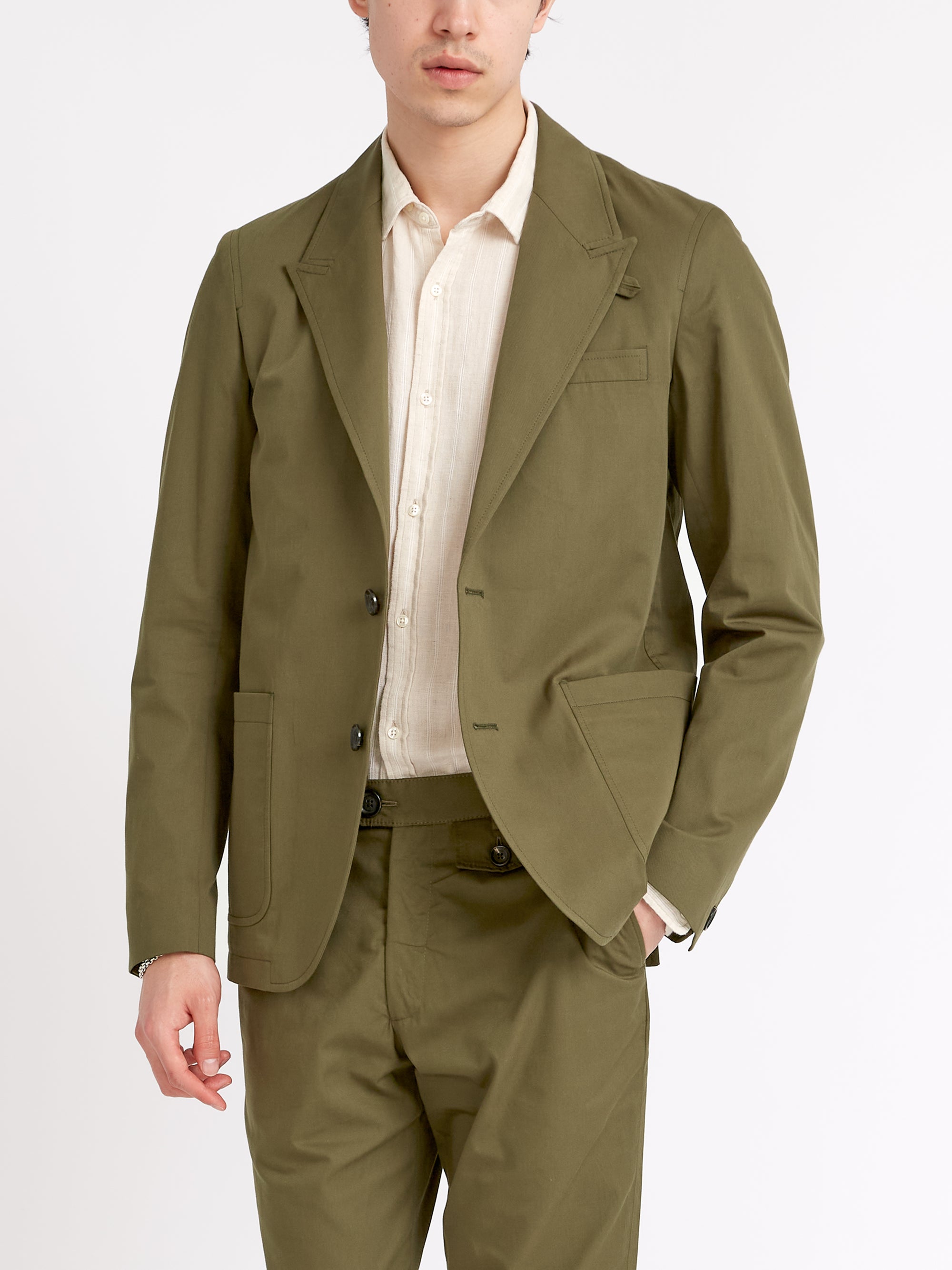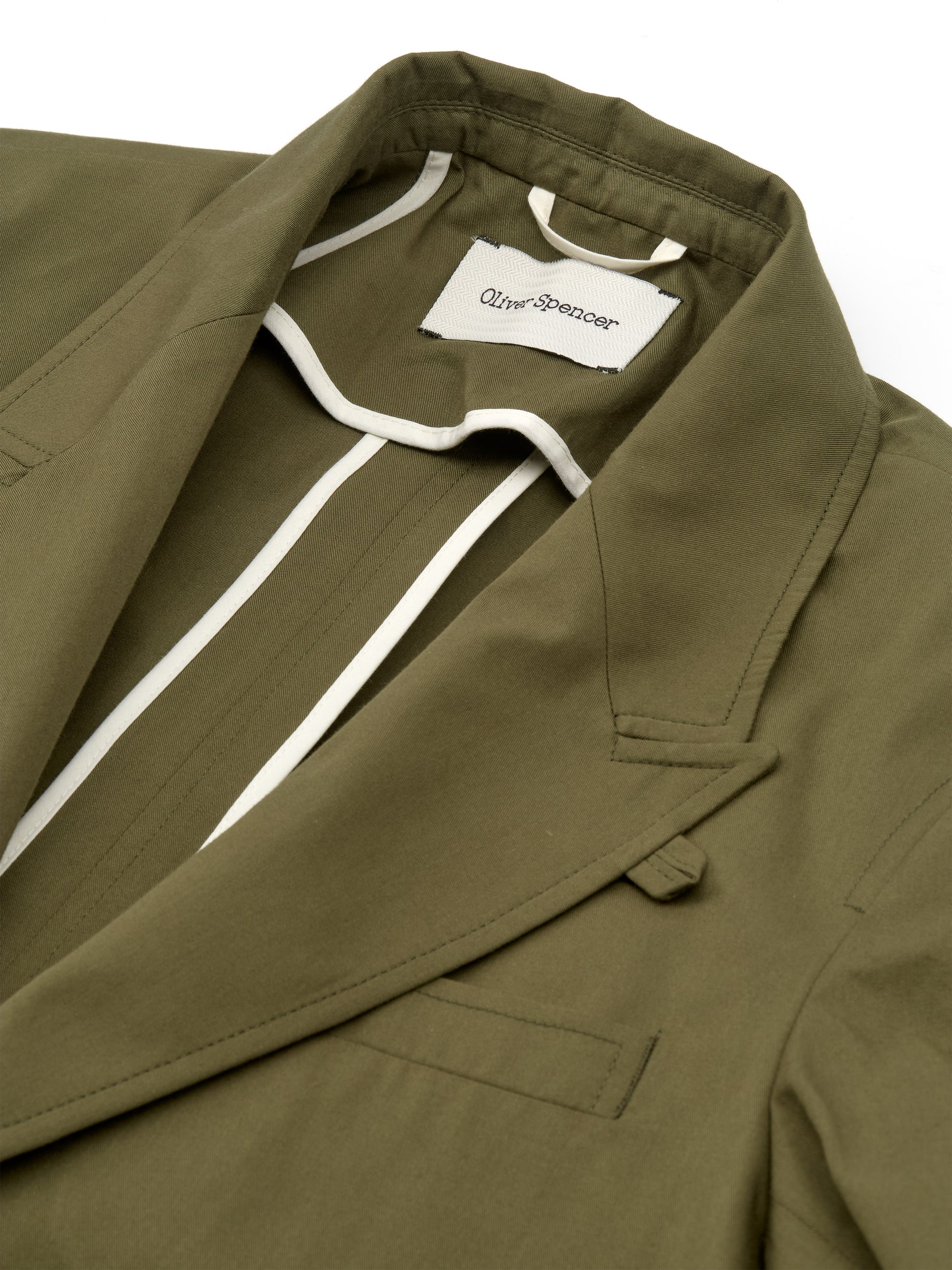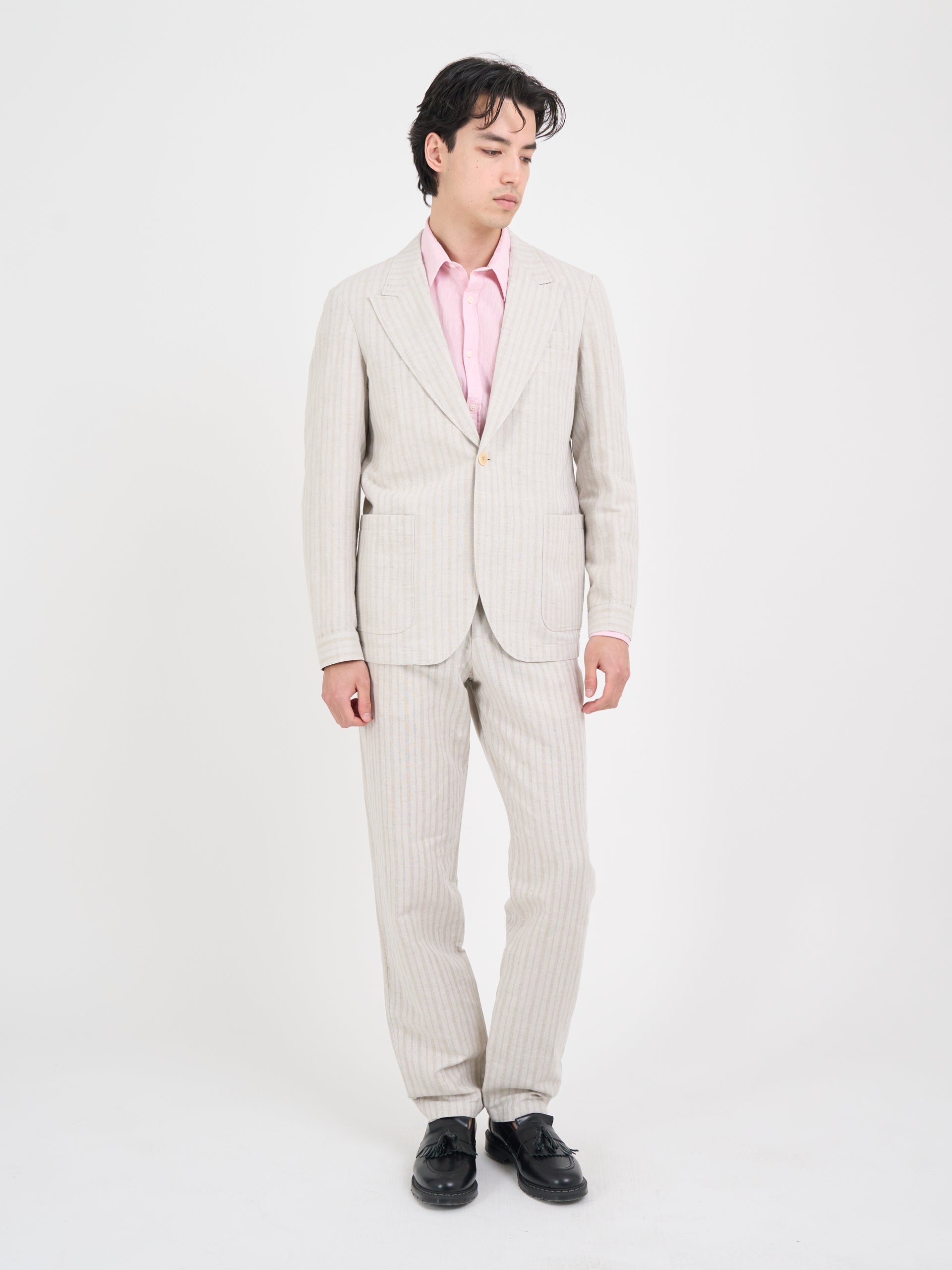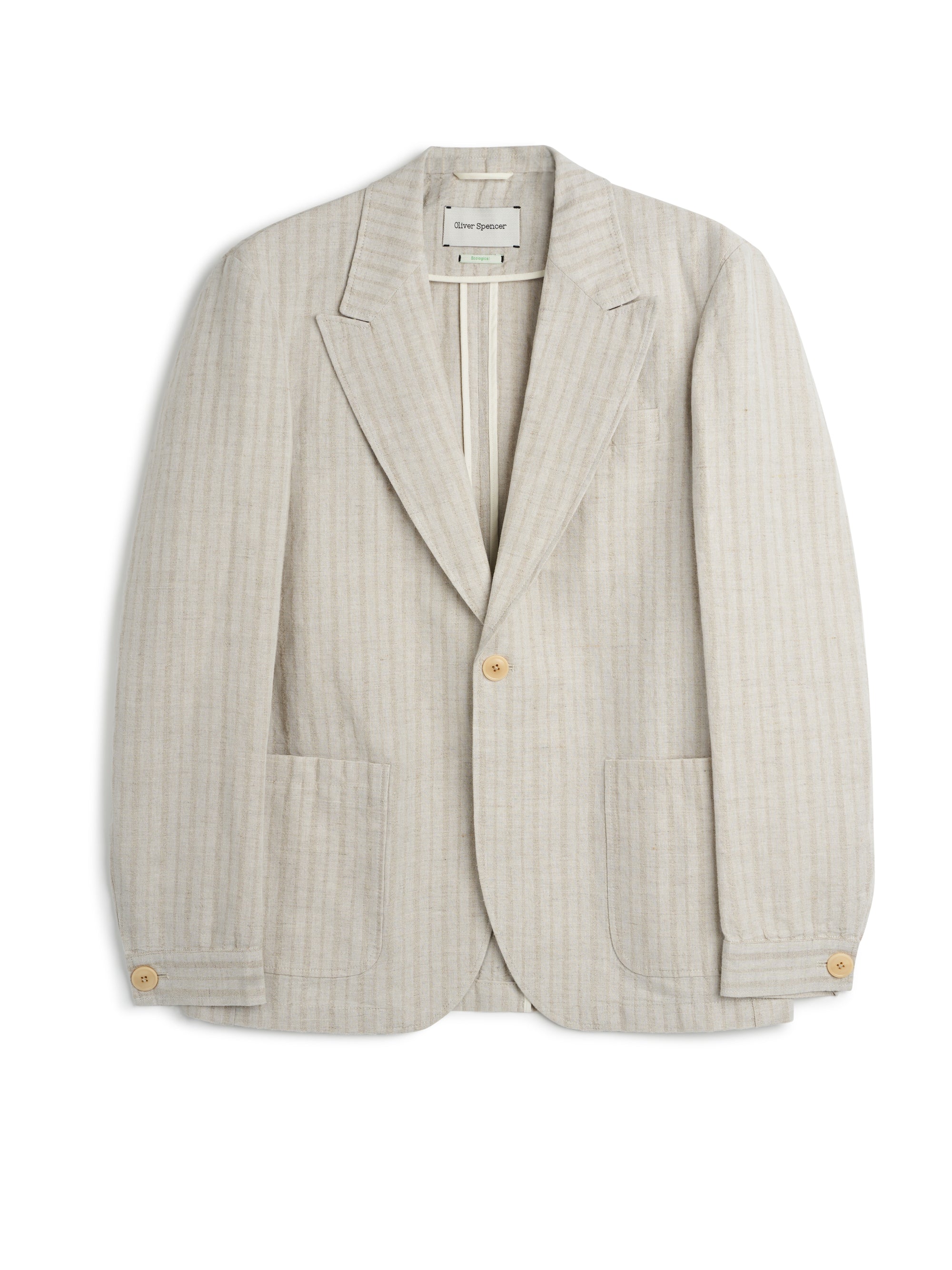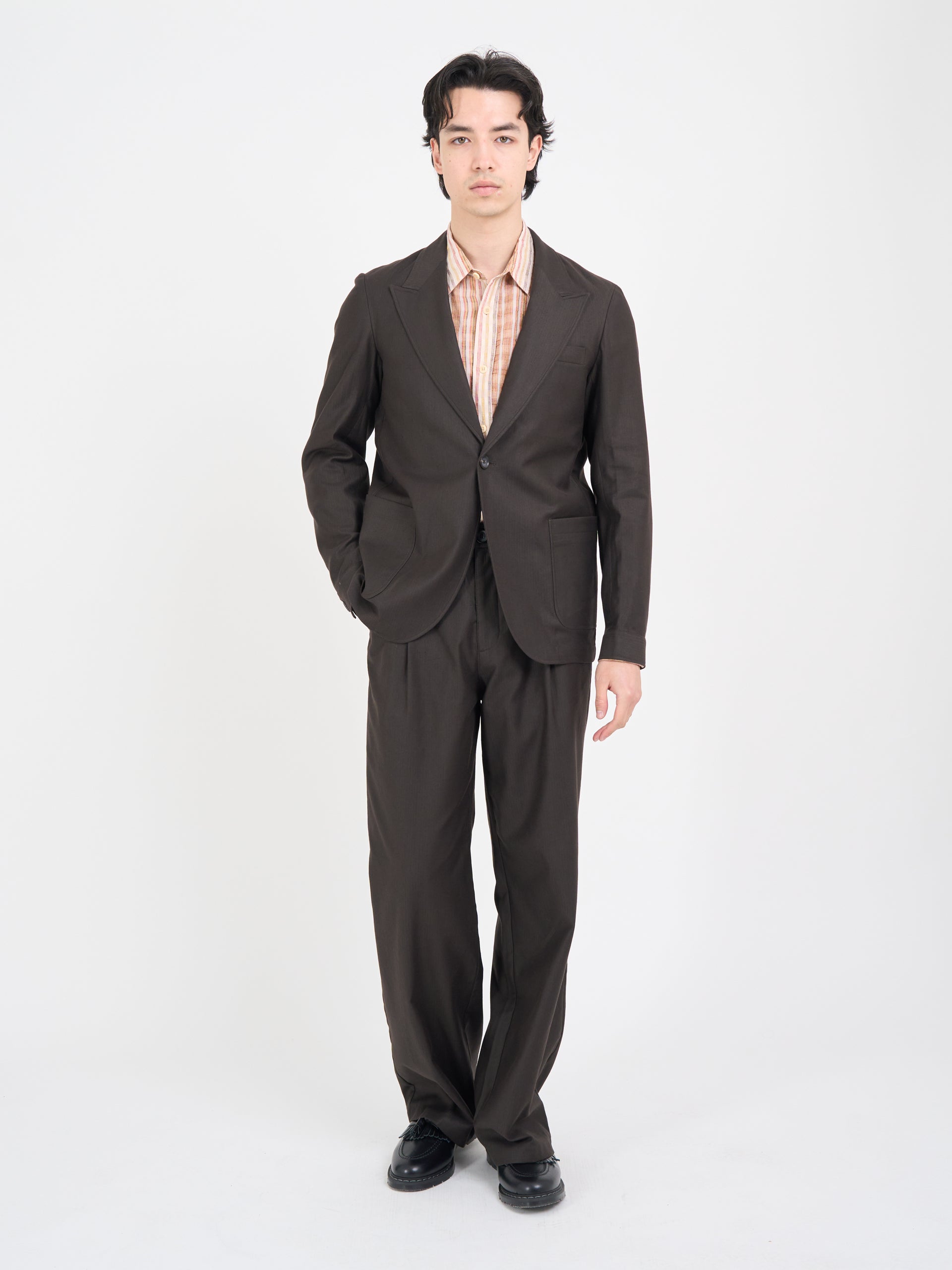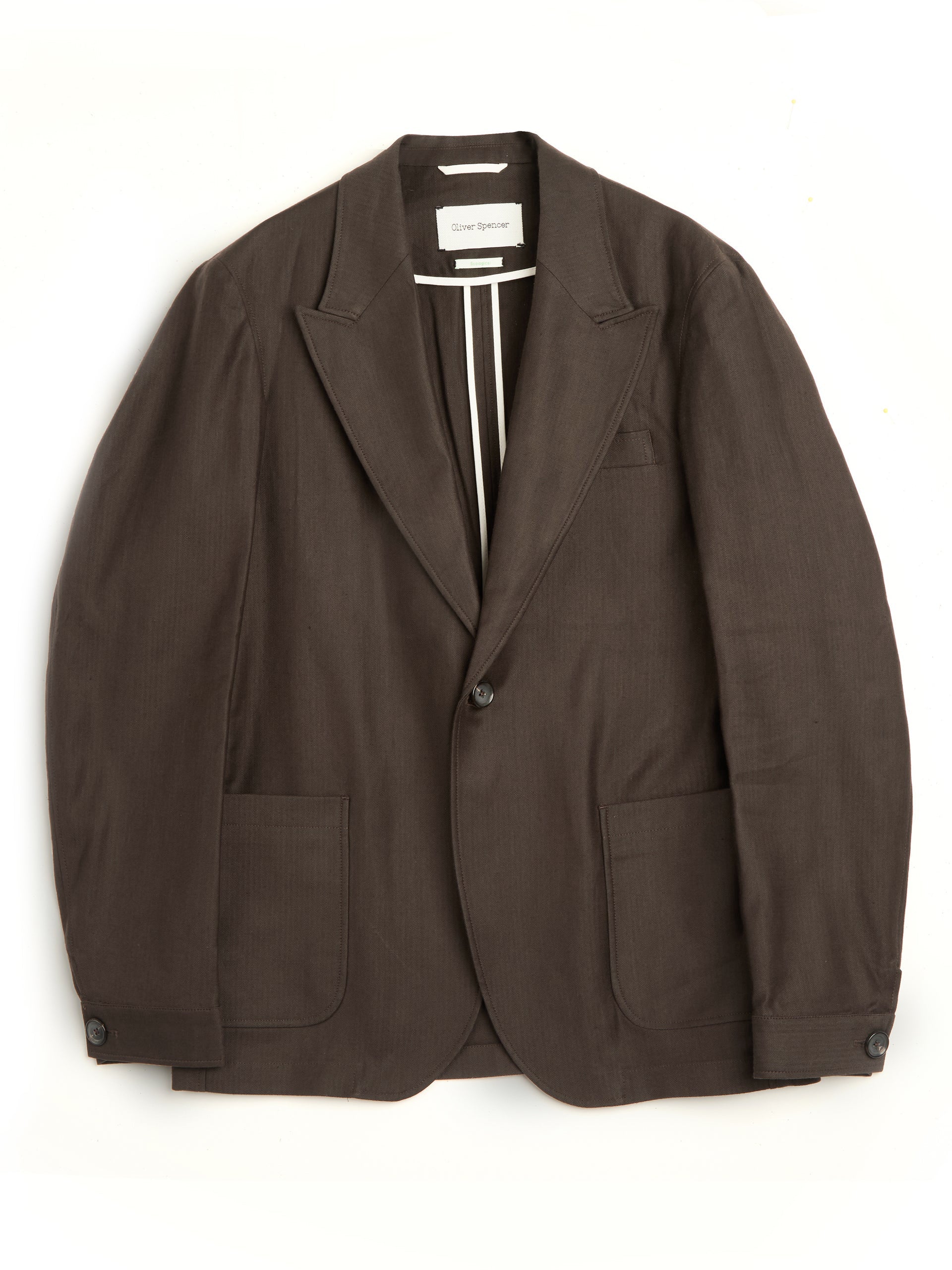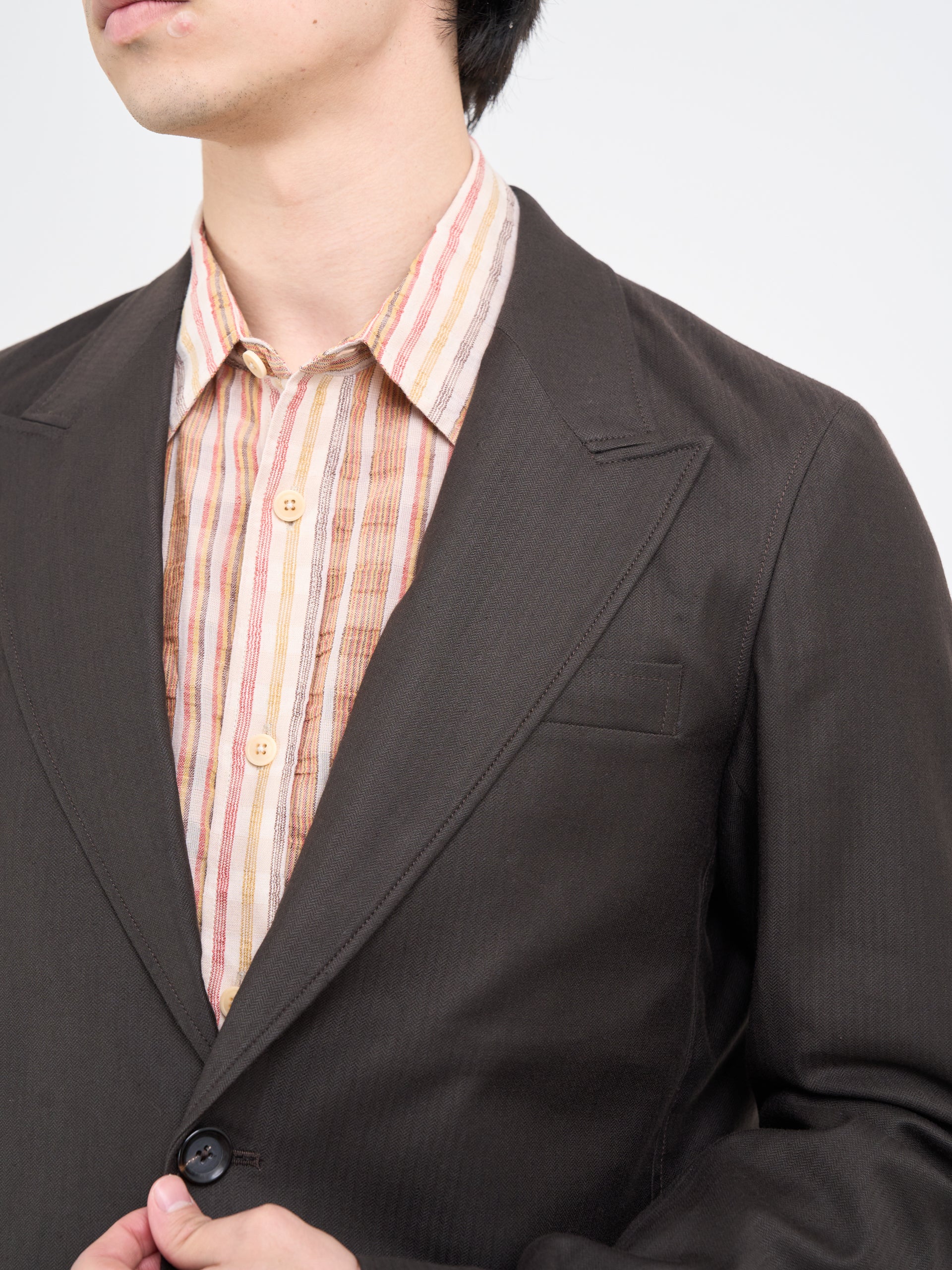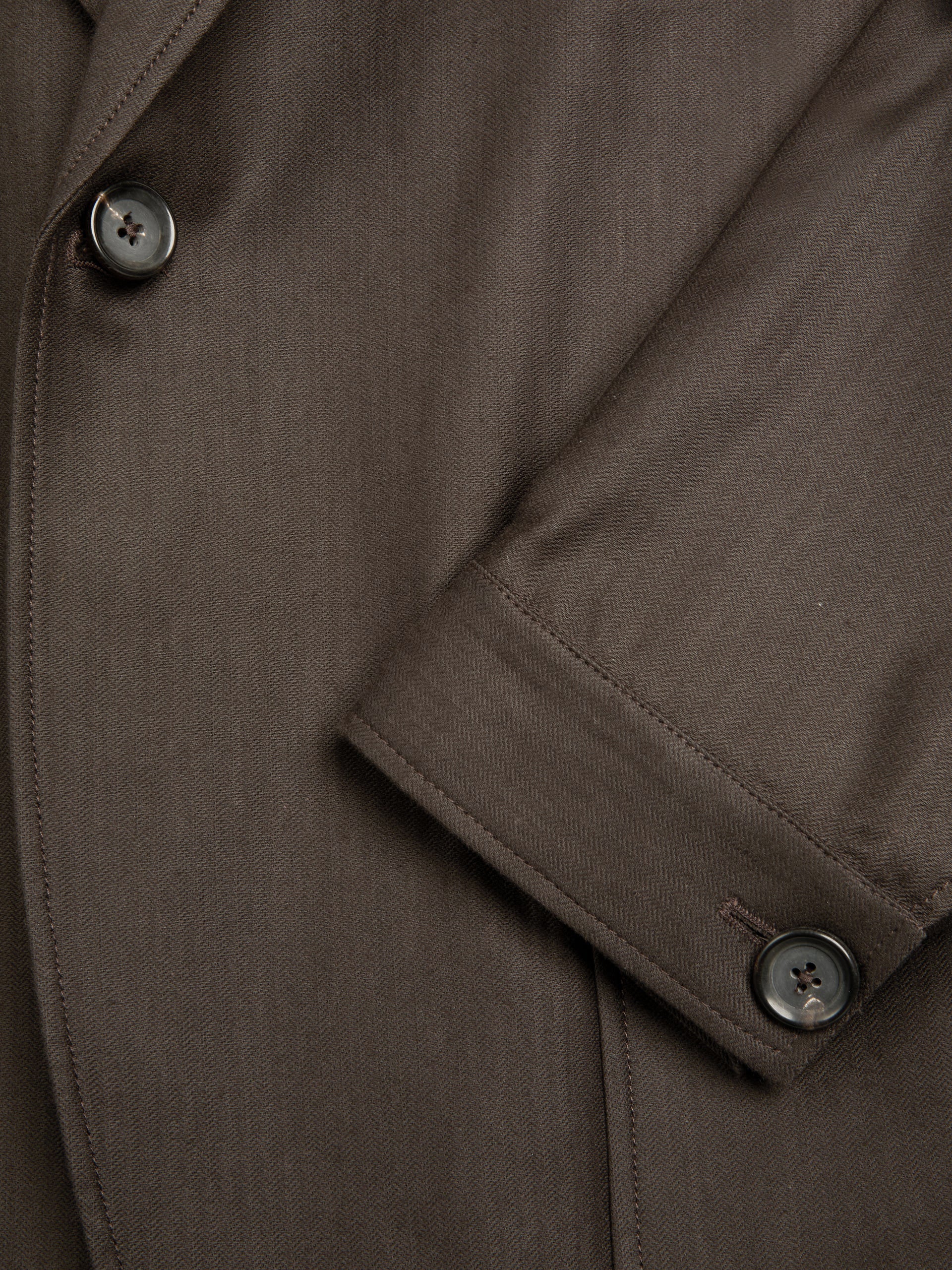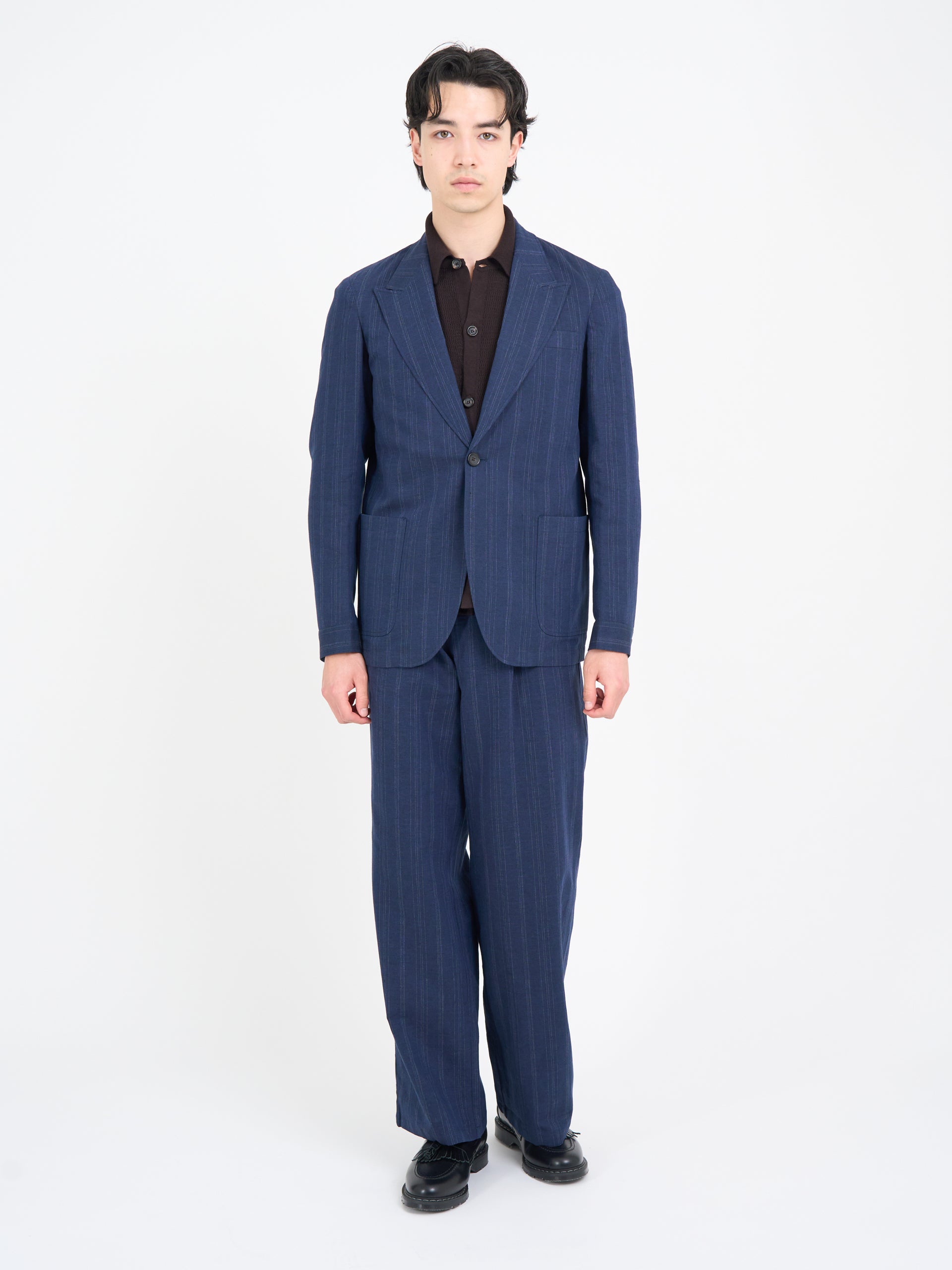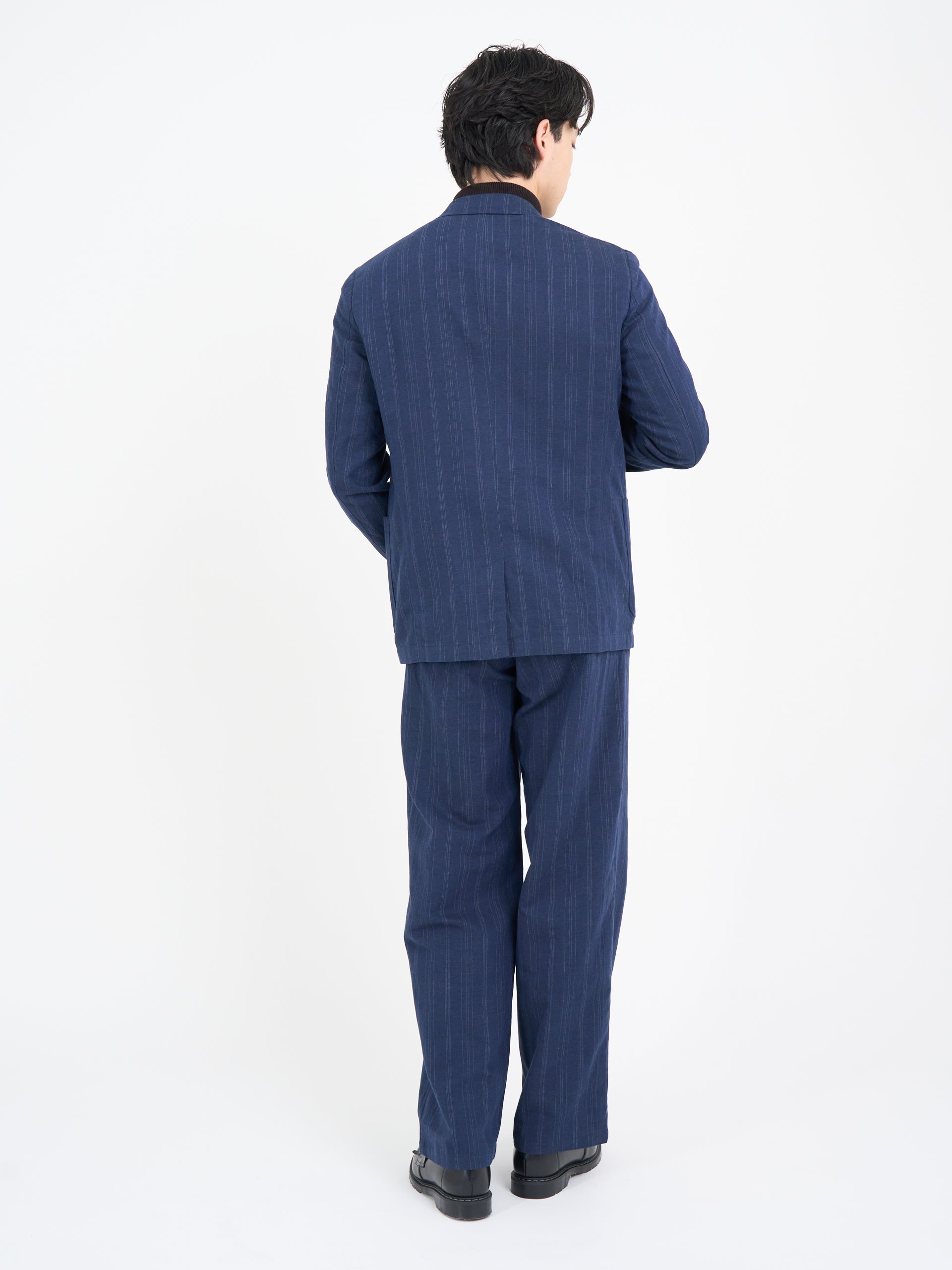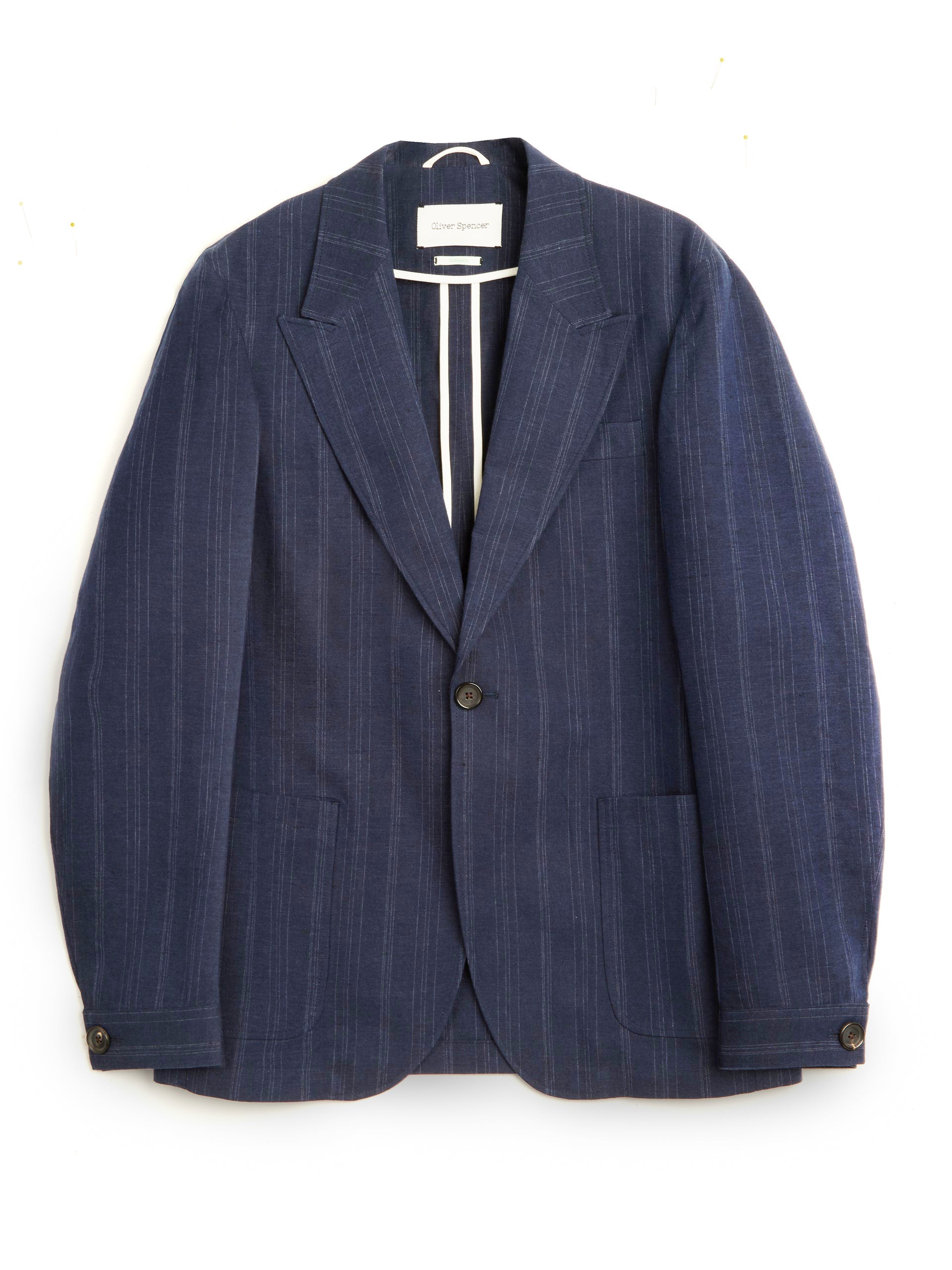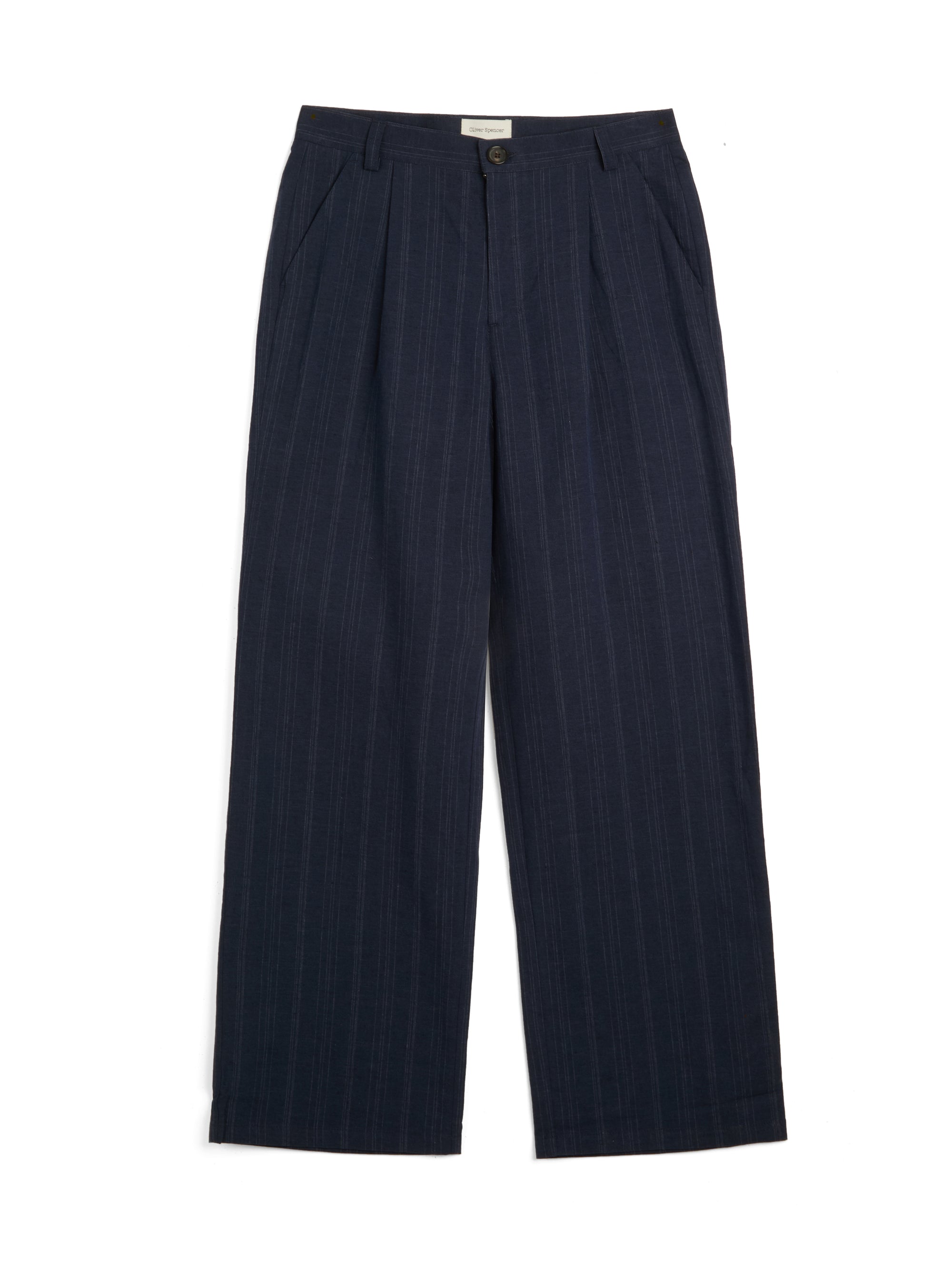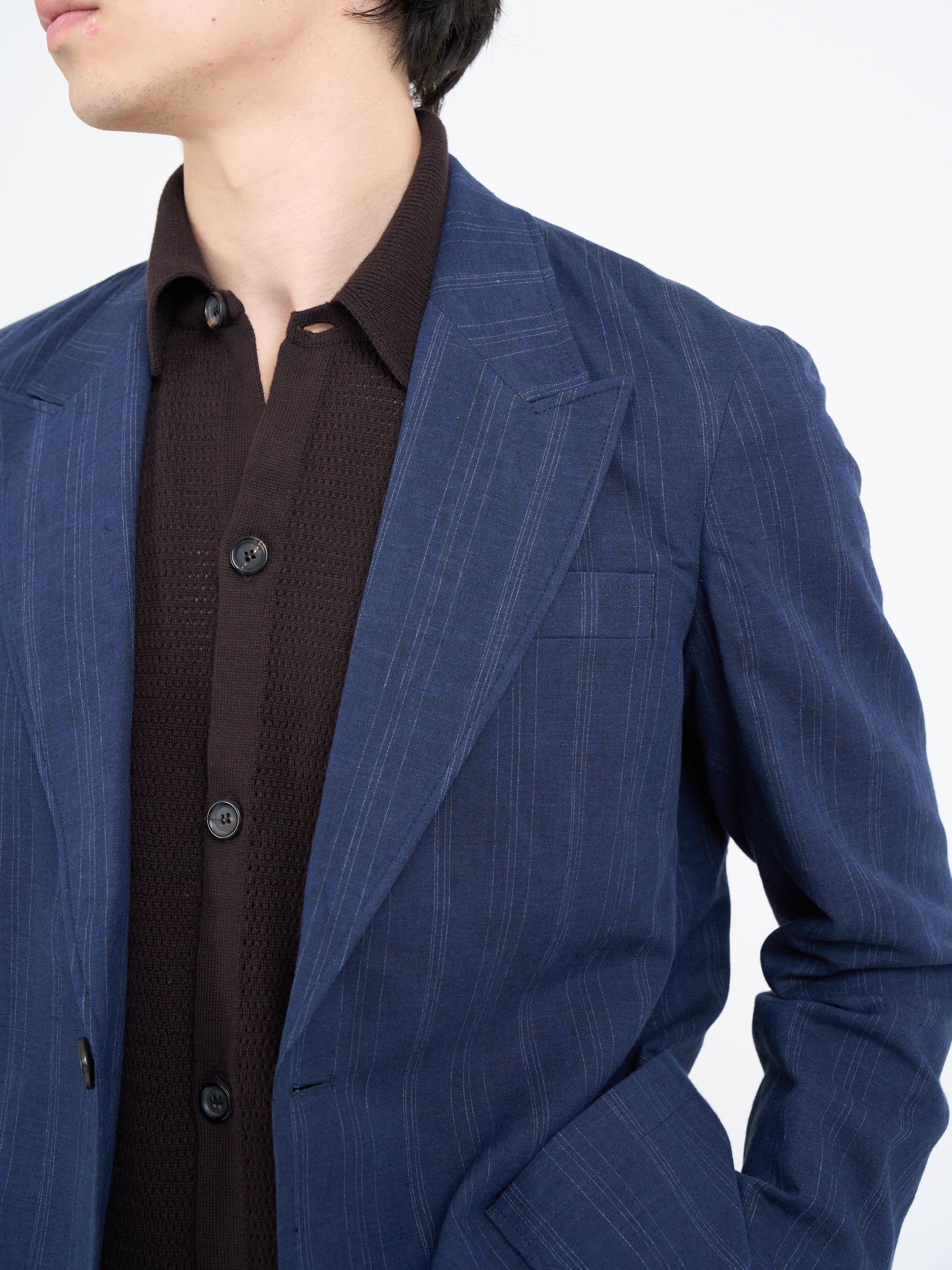Tailoring has always been at the core of what we do at Oliver Spencer. It's what got Oli interested in menswear in the very first place, but a lot has changed since Oli was teaching himself the rudiments of a great suit over two decades ago. Sure, the UK is still seen as the world's authority on bespoke suiting thanks to the history and expertise of Savile Row, but the Italians and the French can also lay claim to some of the best tailors in the world, too. We'll take at look at what made the British tailoring industry as strong as it is today, as well as understanding how the aesthetics of the British suit has changed, and what the future direction of it is likely to be.
The Origins of British Tailoring
The history of British tailoring dates back to the 16th century, when clothing became a symbol of status and wealth. The Tudor period saw the rise of elaborately decorated garments, but it wasn't until the late 18th century that British tailoring began to take the shape we recognise today. This period saw the emergence of a more restrained, structured style that emphasised the natural silhouette, laying the foundation for what would become the hallmark of British tailoring.
The Birth of Savile Row

Savile Row's story begins in the early 19th century when Henry Poole, often credited as the father of Savile Row, established his tailoring business at No. 4. Poole revolutionised the world of menswear by creating bespoke garments that were meticulously crafted to fit each client's unique physique (his early workshop is pictured above). His innovations, including the development of the dinner jacket (known as the tuxedo in the United States), set the standard for bespoke tailoring and attracted a clientele that included European royalty and British aristocracy.

As more tailors followed in Poole's footsteps, Savile Row transformed into a hub for the world's finest bespoke tailoring. By the mid-19th century, it had solidified its reputation as the go-to destination for gentlemen seeking the highest quality garments. The Row became synonymous with a particular approach to tailoring—one that combined traditional craftsmanship with an understanding of proportion, balance, and understated elegance. Several tailors have been instrumental in shaping the legacy of Savile Row, not least Henry Poole & Co. Other notables include Anderson & Sheppard, founded in 1906, and known for its distinctive "soft tailoring" approach. Unlike the structured silhouette typical of British tailoring, Anderson & Sheppard's garments feature a softer shoulder and a more relaxed drape, offering greater comfort while retaining an air of refinement. This house has dressed luminaries like Fred Astaire and the Duke of Windsor. Then there's H. Huntsman & Sons, founded in 1849, is another renowned name, recognised for its military-inspired precision and structure. Huntsman suits are characterized by a long, lean silhouette, a high armhole, and a roped shoulder, giving the wearer a commanding presence. The house's reputation for exacting standards has attracted clients such as Winston Churchill and Gregory Peck. Gieves & Hawkes is one of the oldest tailors on the row, dating back to 1771. The house has long been the preferred tailor for British royalty and military officers.
One house that drove a lot of the glitz around Savile Row in the 1960s was Nutter's, founded by Tommy Nutter alongside the recently departed tailor Edward Sexton. Between Tommy's flair for marketing and socialising, and Sexton's exquisite tailoring skills, Nutter's became the go-to place for rock stars and film stars looking for a bespoke suit unlike the rest.

The Defining Characteristics of British Tailoring
British tailoring is distinct from other European traditions, particularly Italian and French tailoring, in several key aspects:
Construction Techniques: British suits are known for their structure and durability. The use of a canvas interlining, typically made from horsehair, gives the suit its form and ensures it moulds to the wearer's body over time. The construction of the jacket, with its full canvas or half canvas structure, provides a firmness and robustness that is often absent in the lighter (often unstructured) constructions favoured by Italian tailors.
Silhouette: The British silhouette is defined by its structured shape. Suits typically feature padded shoulders with a roped sleeve head, a suppressed waist, and a longer jacket length. This creates a dignified, authoritative appearance, emphasizing a clean line from shoulder to hem. In contrast, Italian suits often have a softer construction with unpadded shoulders and a shorter jacket length, resulting in a more relaxed, natural drape. French tailoring, meanwhile, is known for its elegance and often combines the structure of British suits with the lightness of Italian garments.
Fabric Choices: British tailoring traditionally favours heavier fabrics, such as tweed, flannel, and worsted wool, which are well-suited to the cooler, damp British climate. These fabrics contribute to the structured look of British suits, providing weight and drape that enhance the silhouette. Italian tailoring, by contrast, often employs lighter fabrics like linen and lightweight wool, reflecting the warmer Mediterranean climate.
Aesthetics and Detailing: British suits are often characterised by their understatement. While Italian and French tailoring may incorporate more flamboyant details, such as peak lapels, bold patterns, or vibrant linings, British tailoring tends to favour subtlety. The detailing is meticulous but restrained, with an emphasis on classic patterns like pinstripes, checks, and solids. Pockets are often jetted or flap, and the lapels are typically notch, maintaining a clean, timeless appearance.

